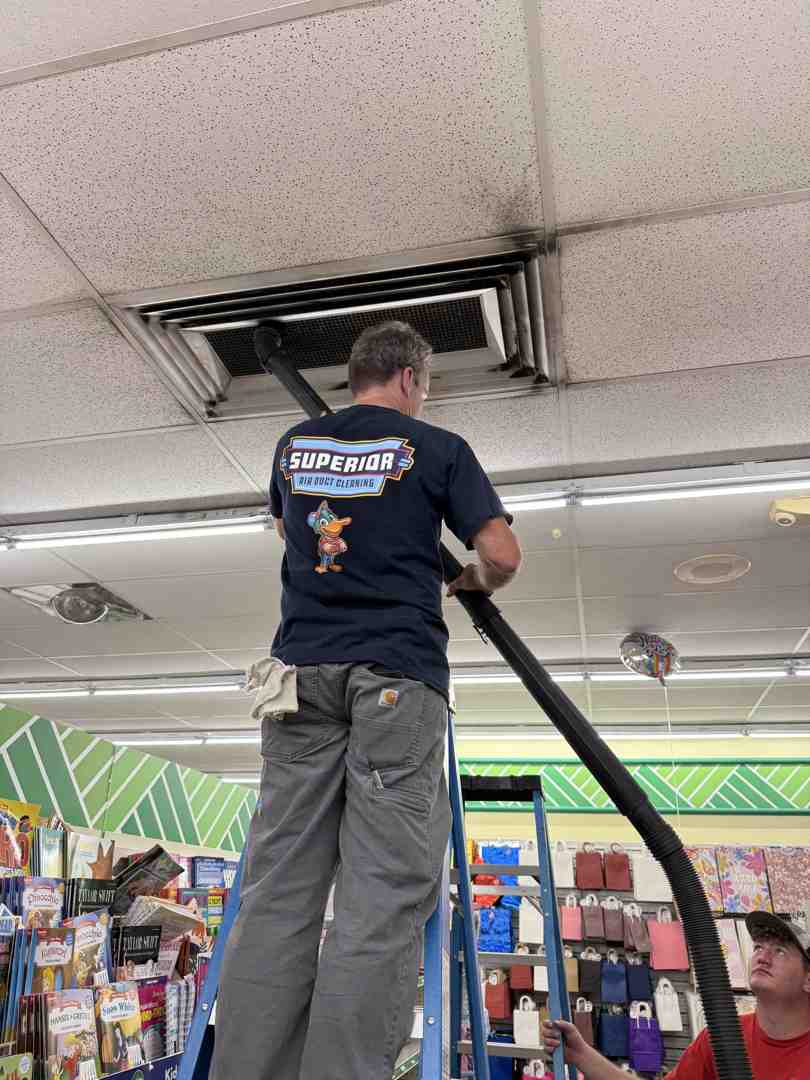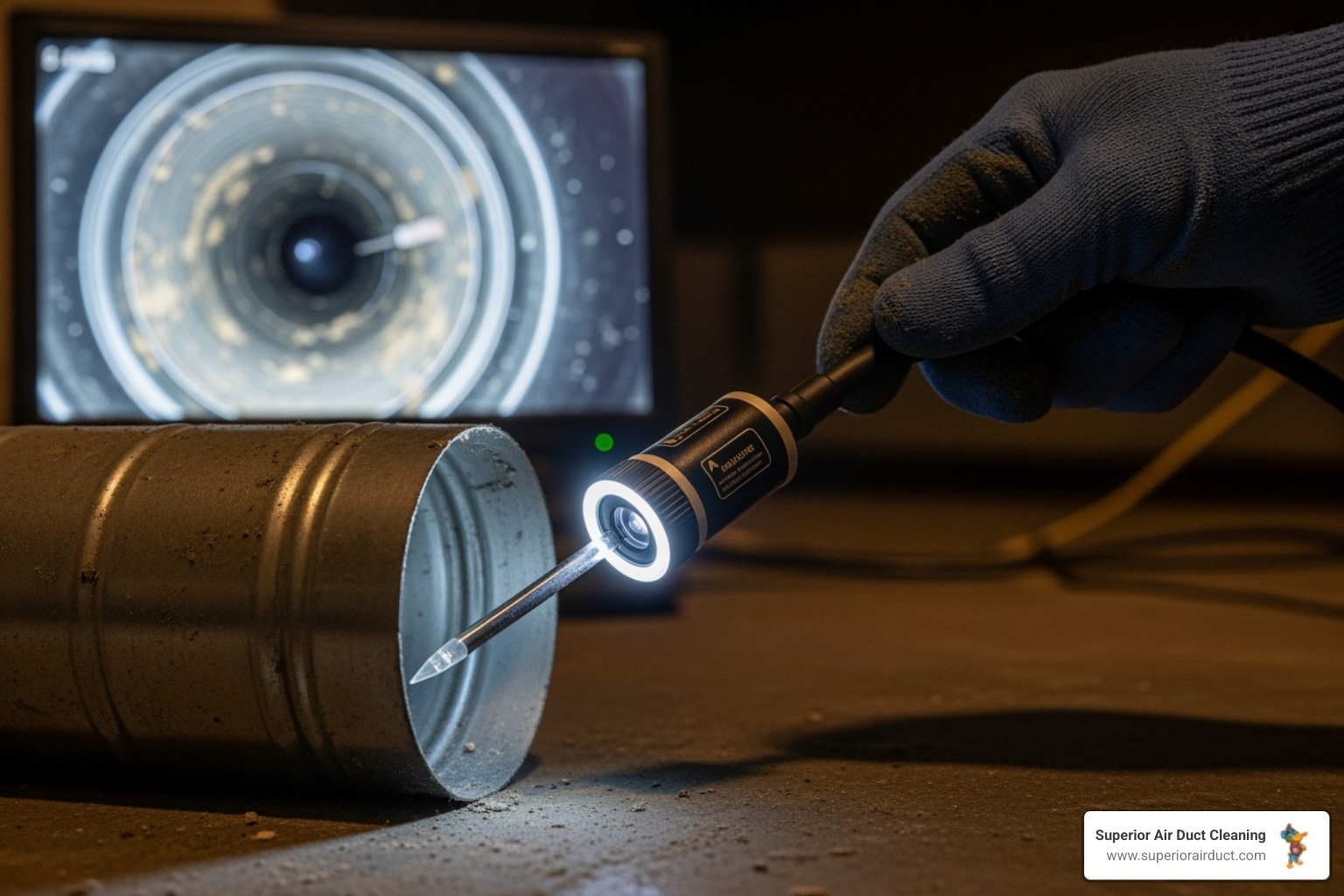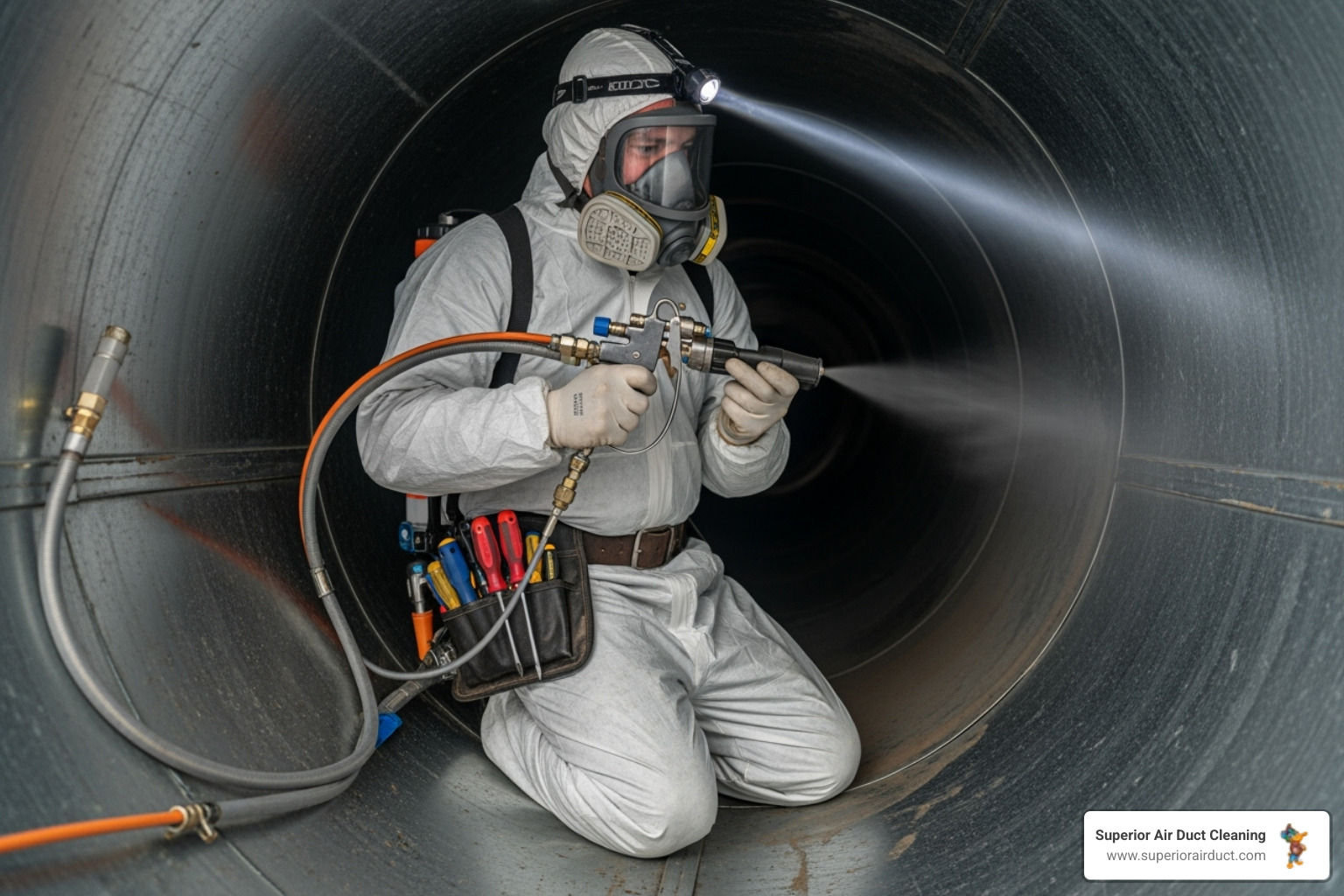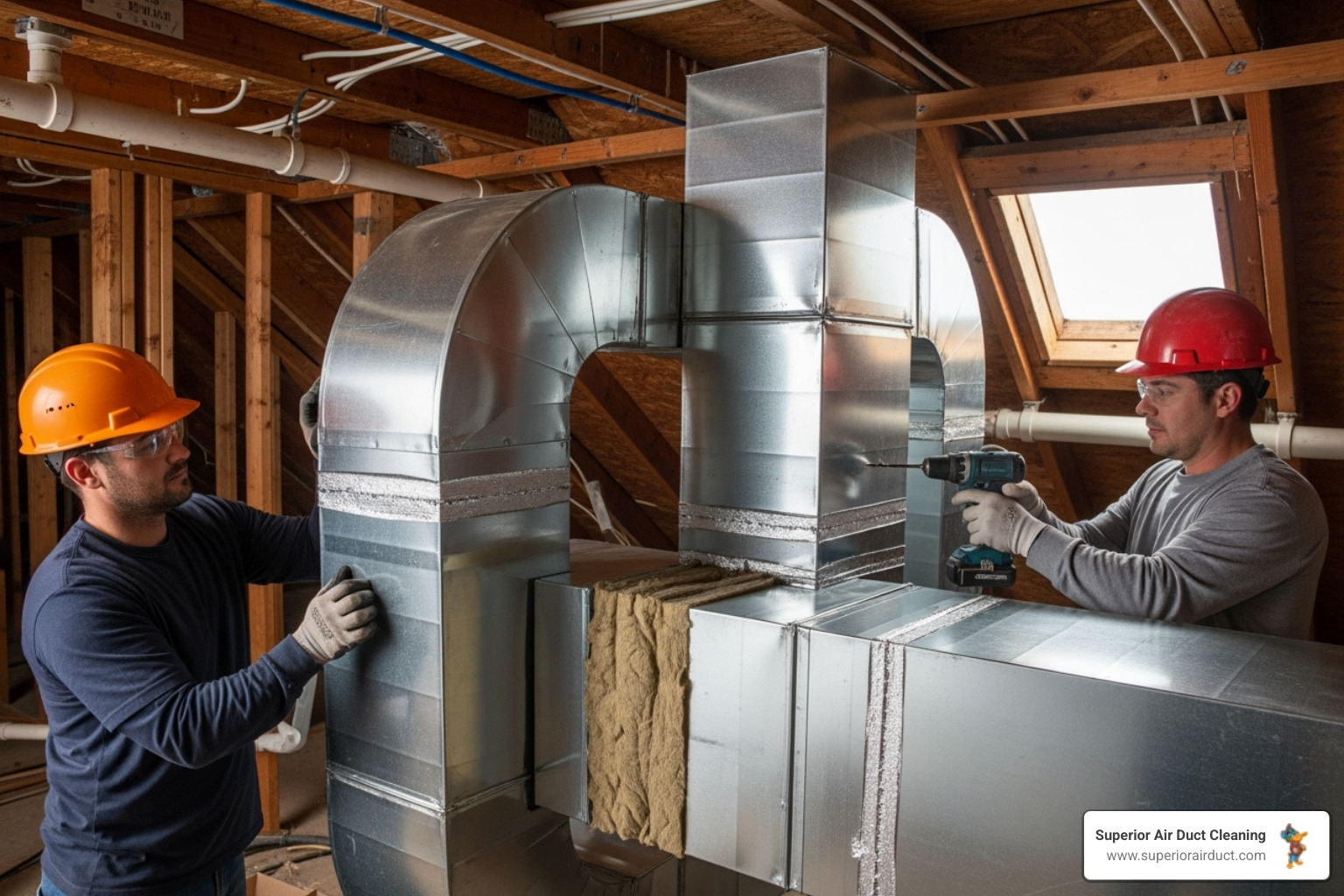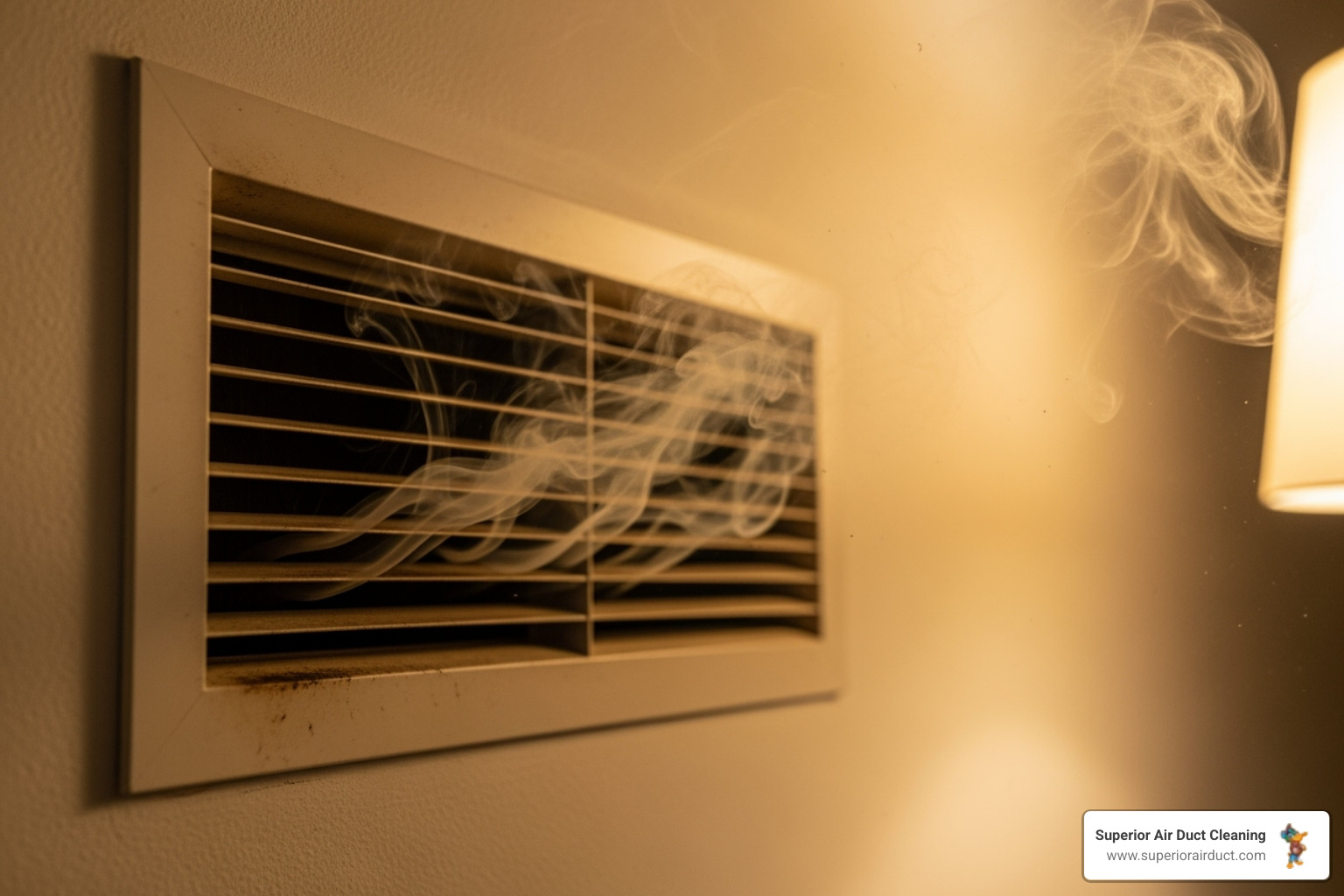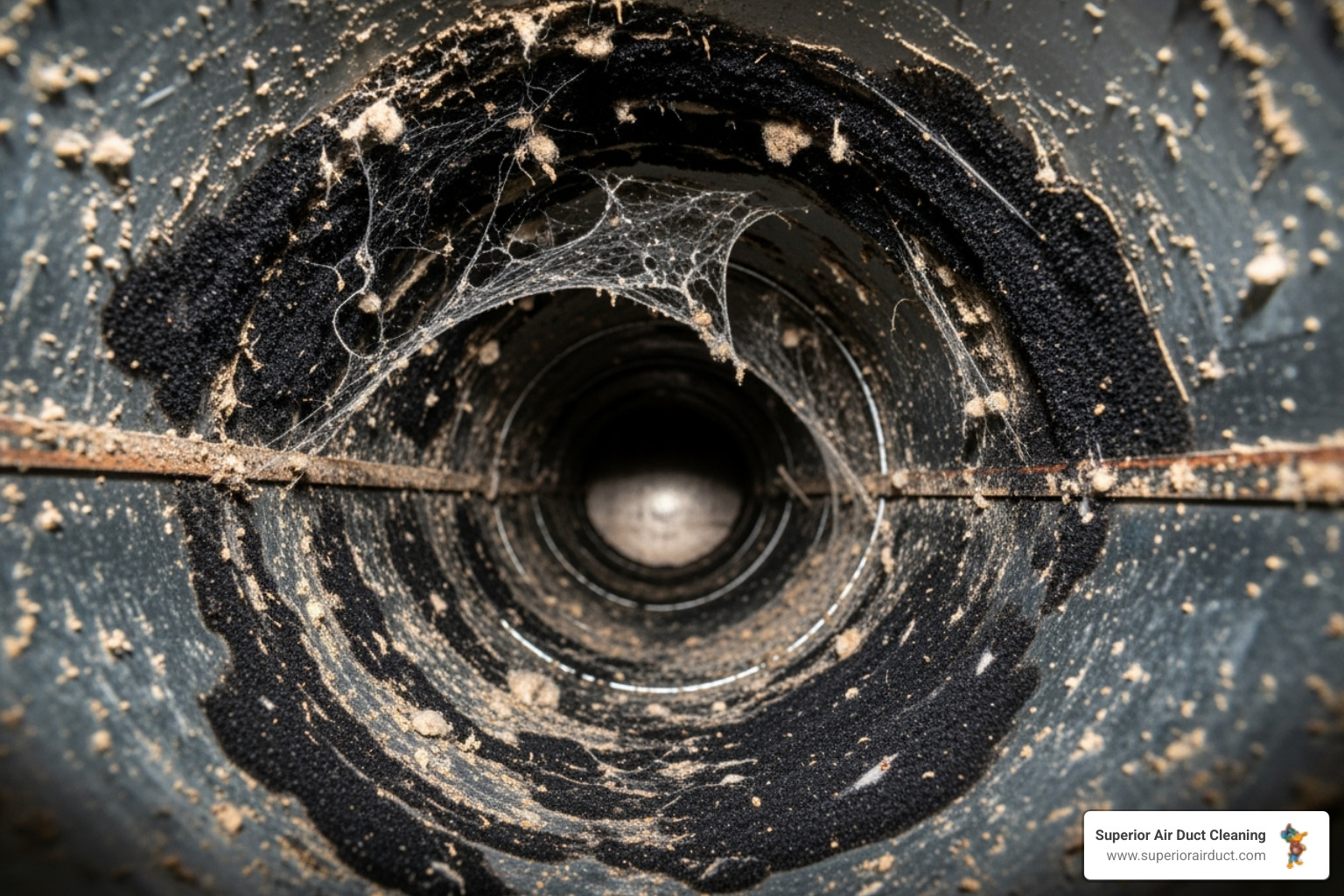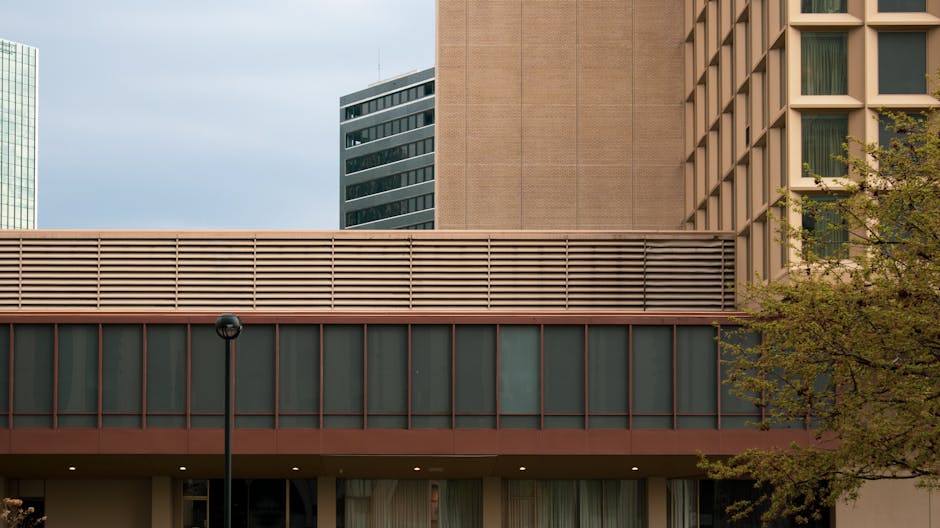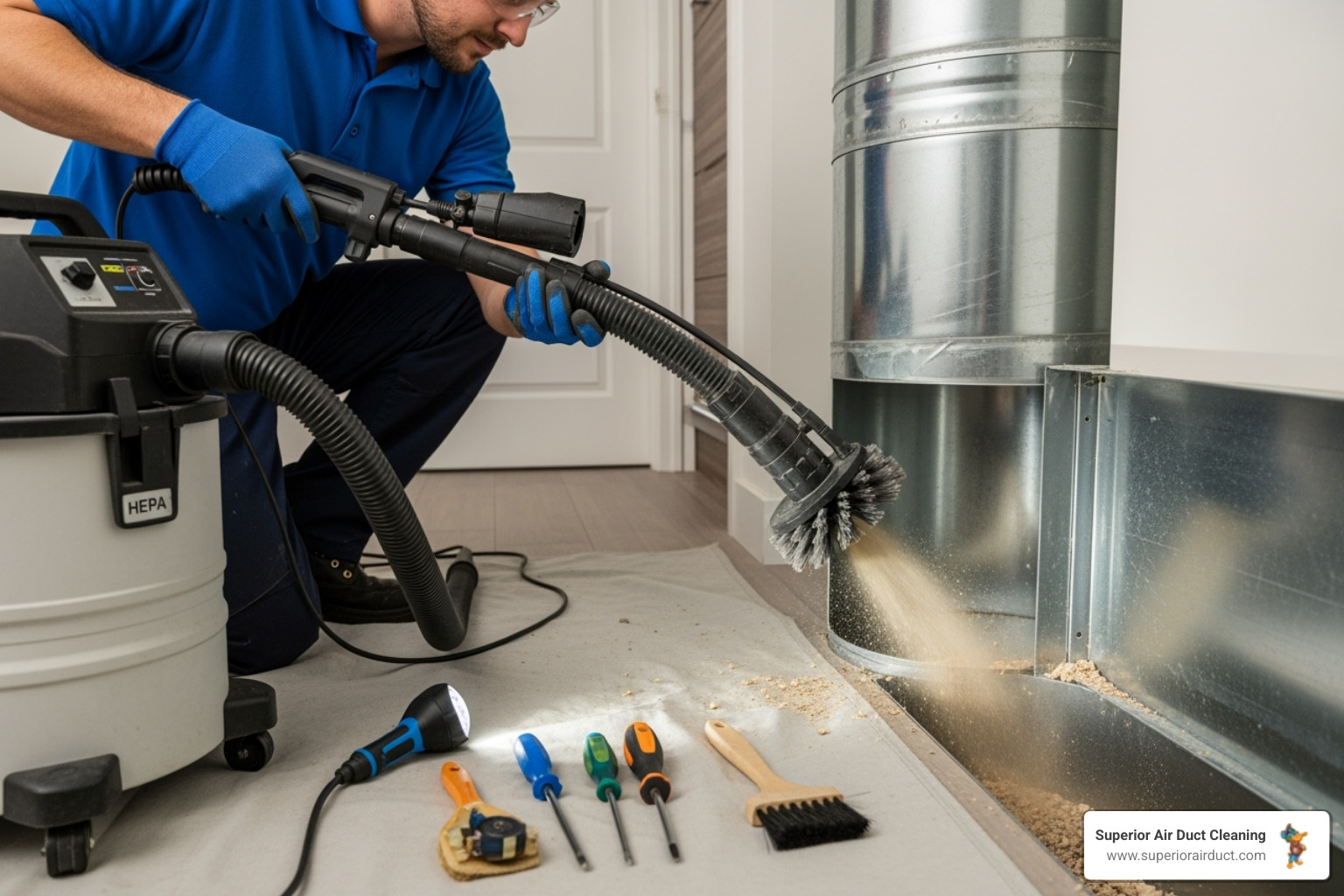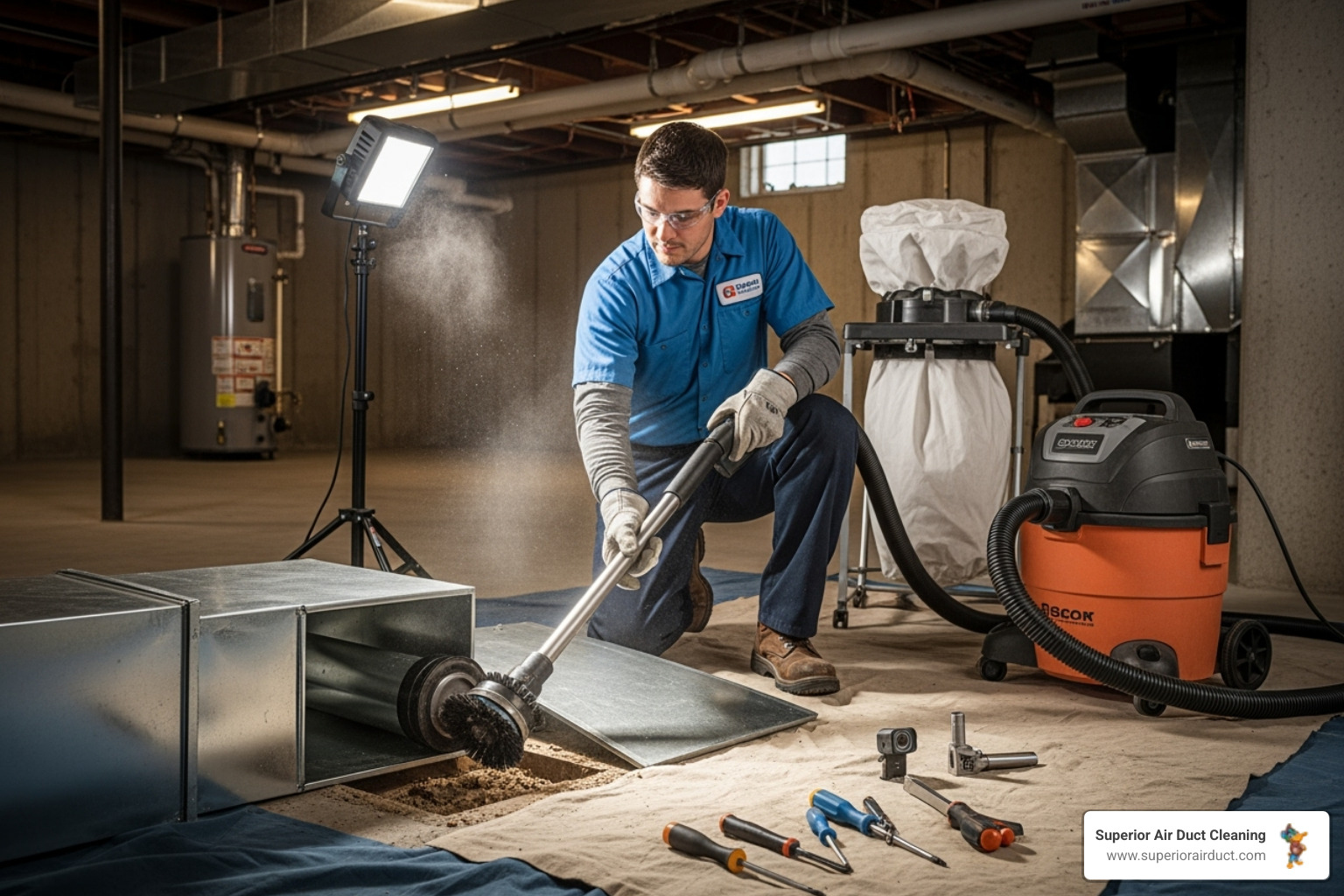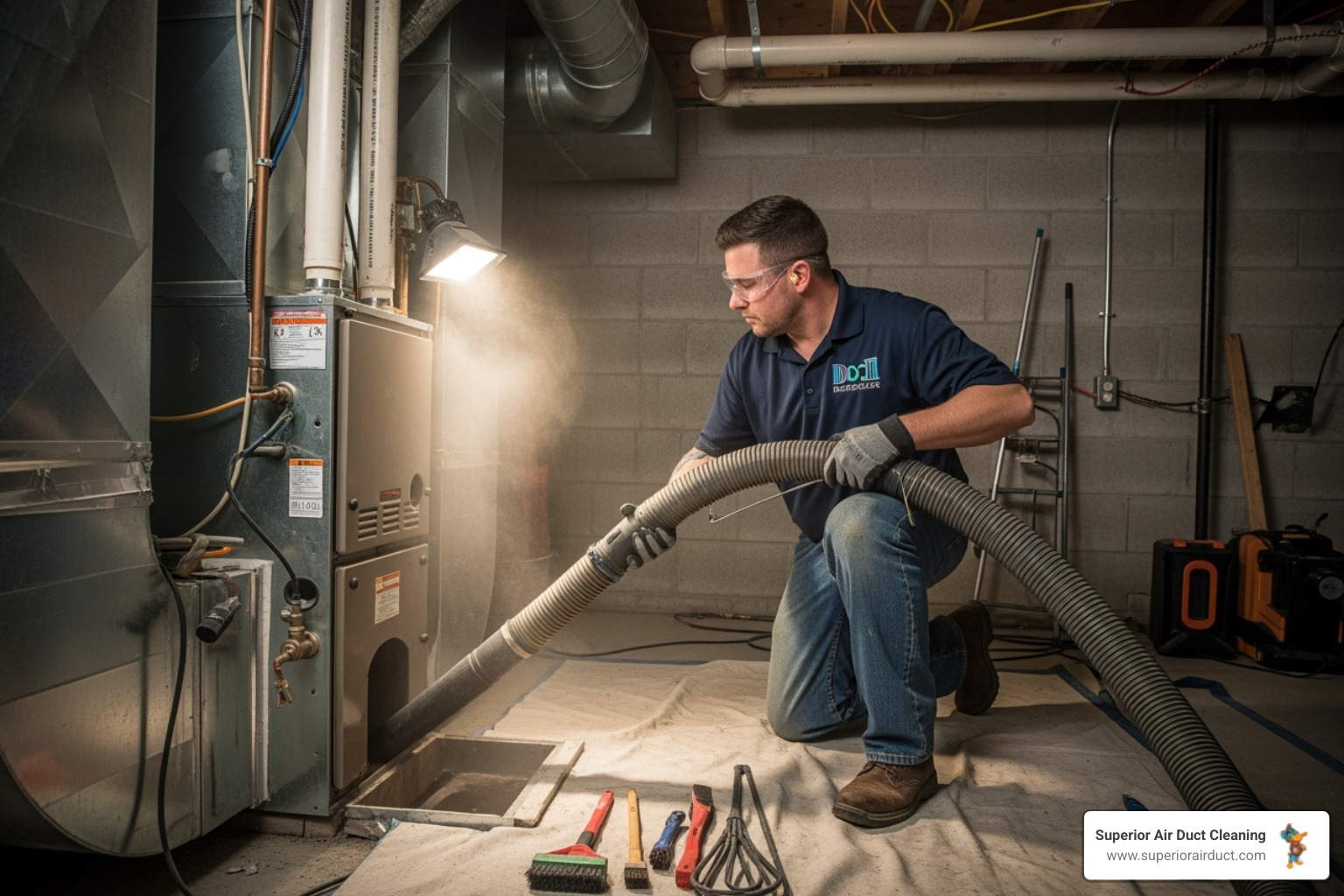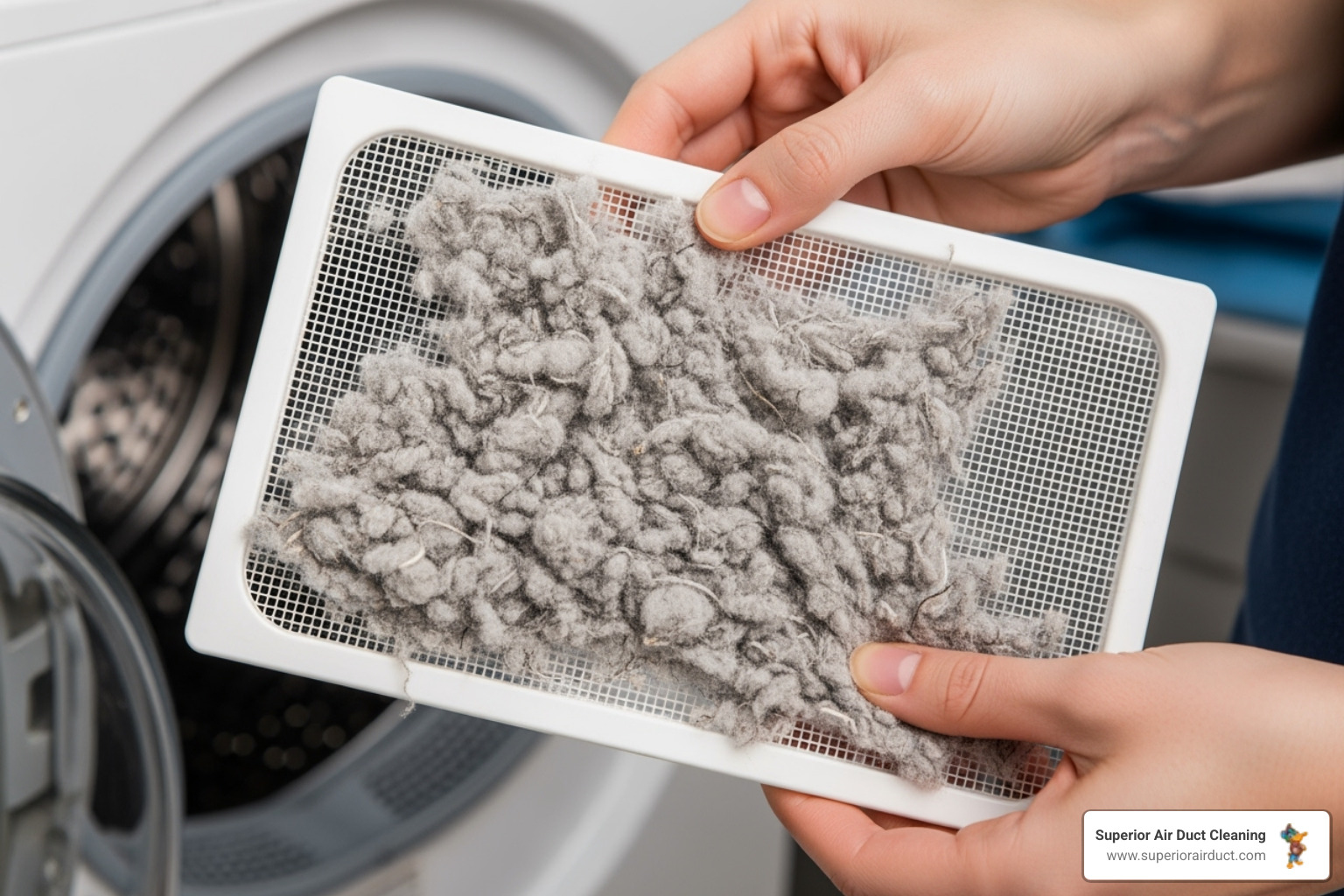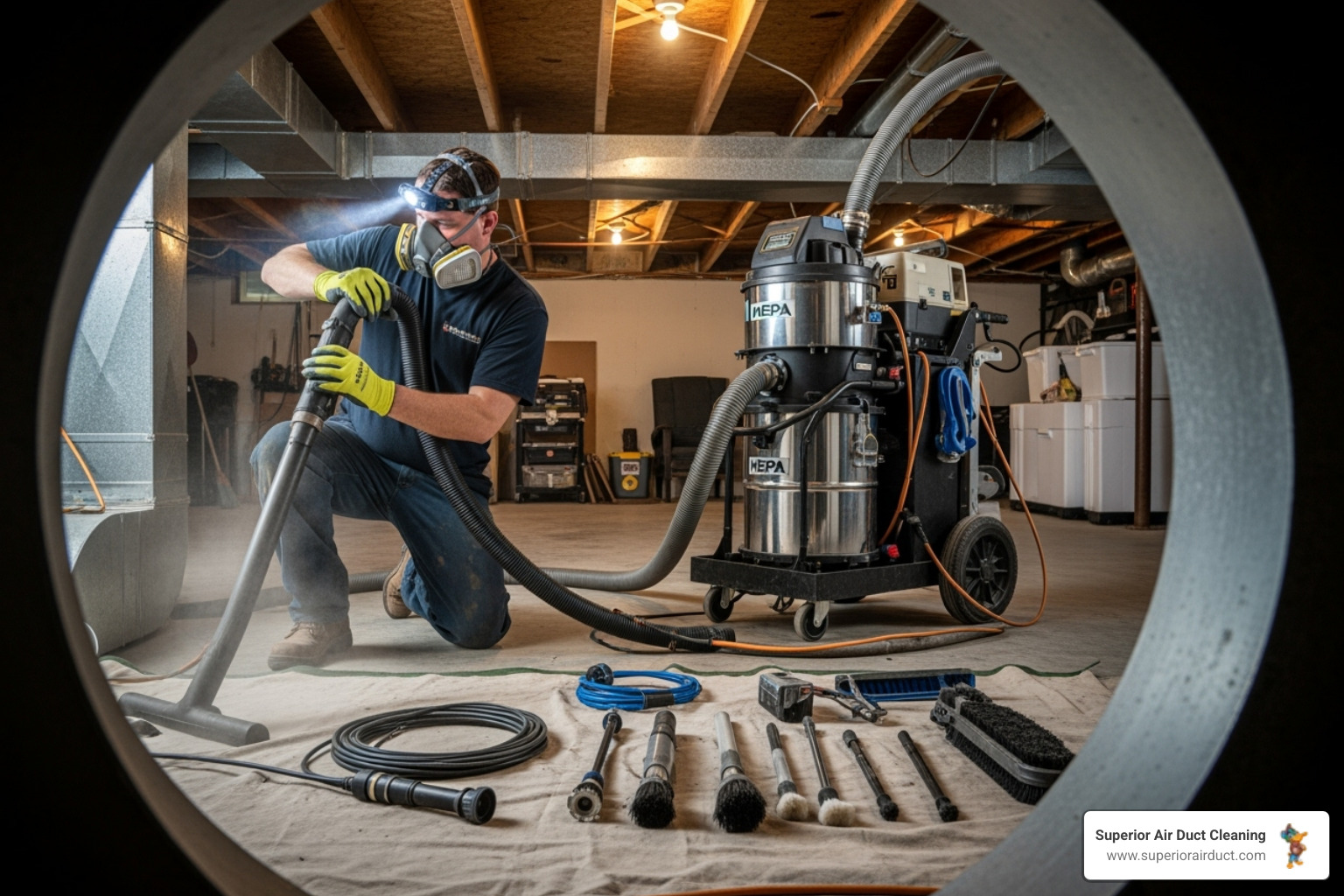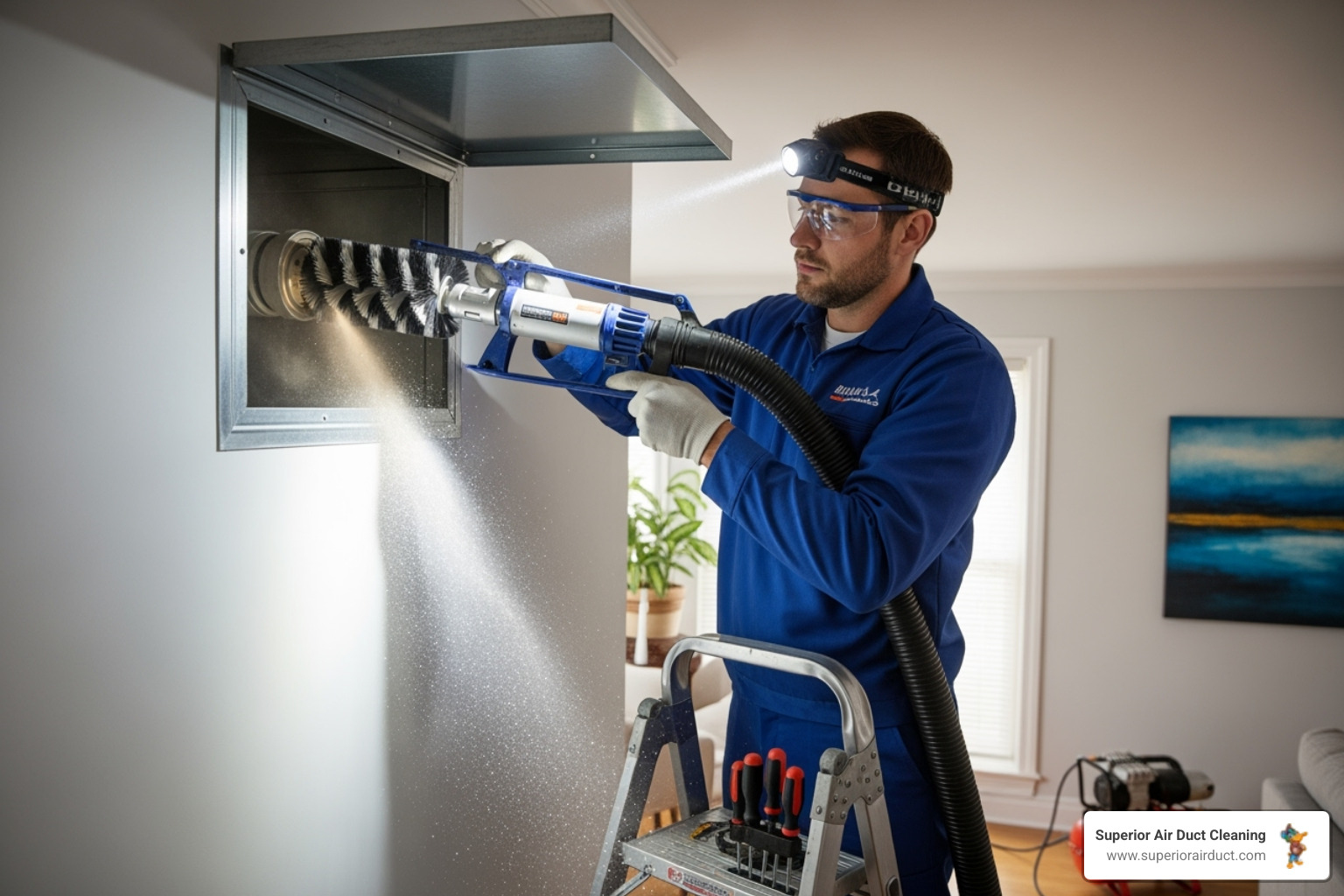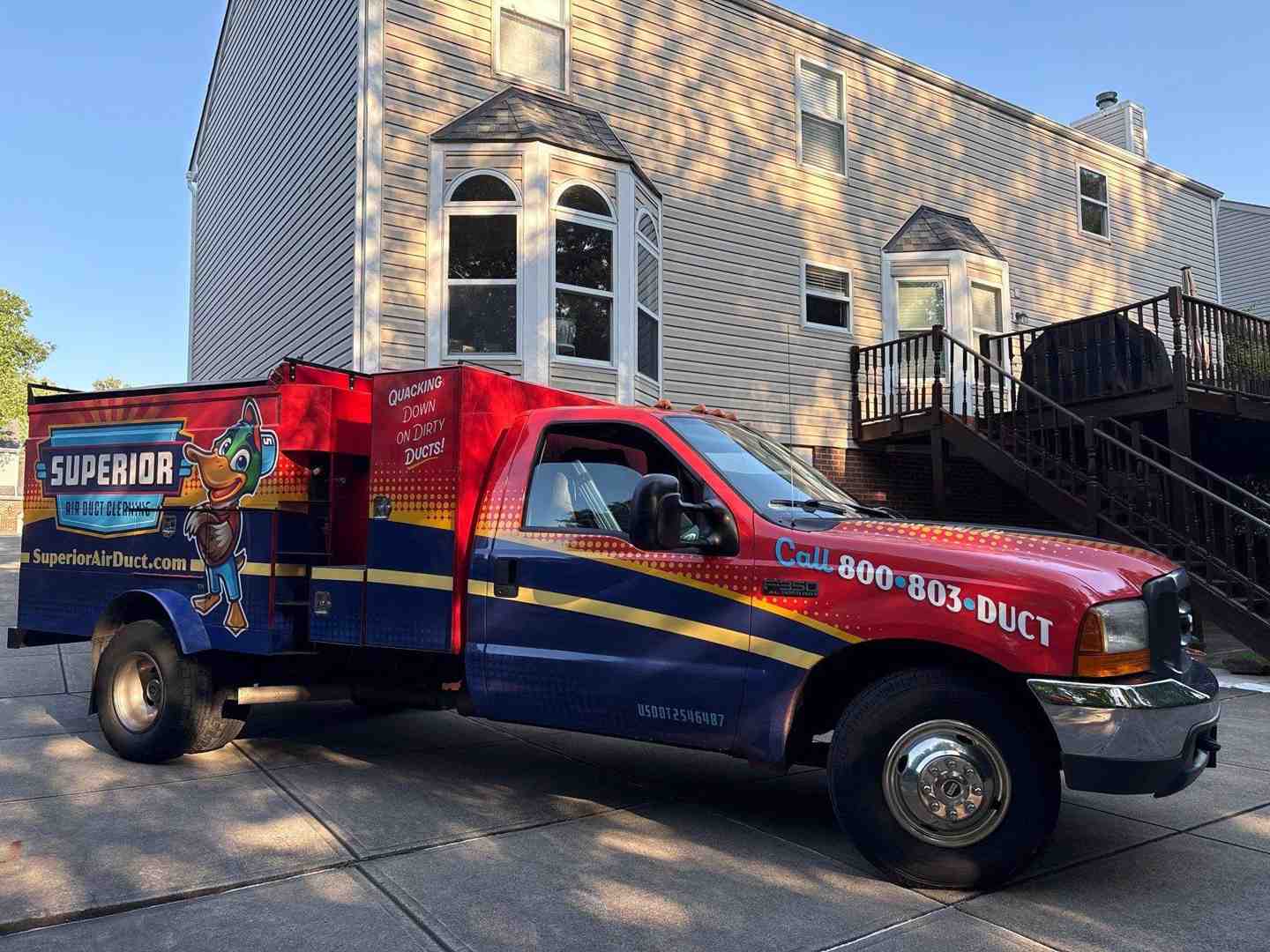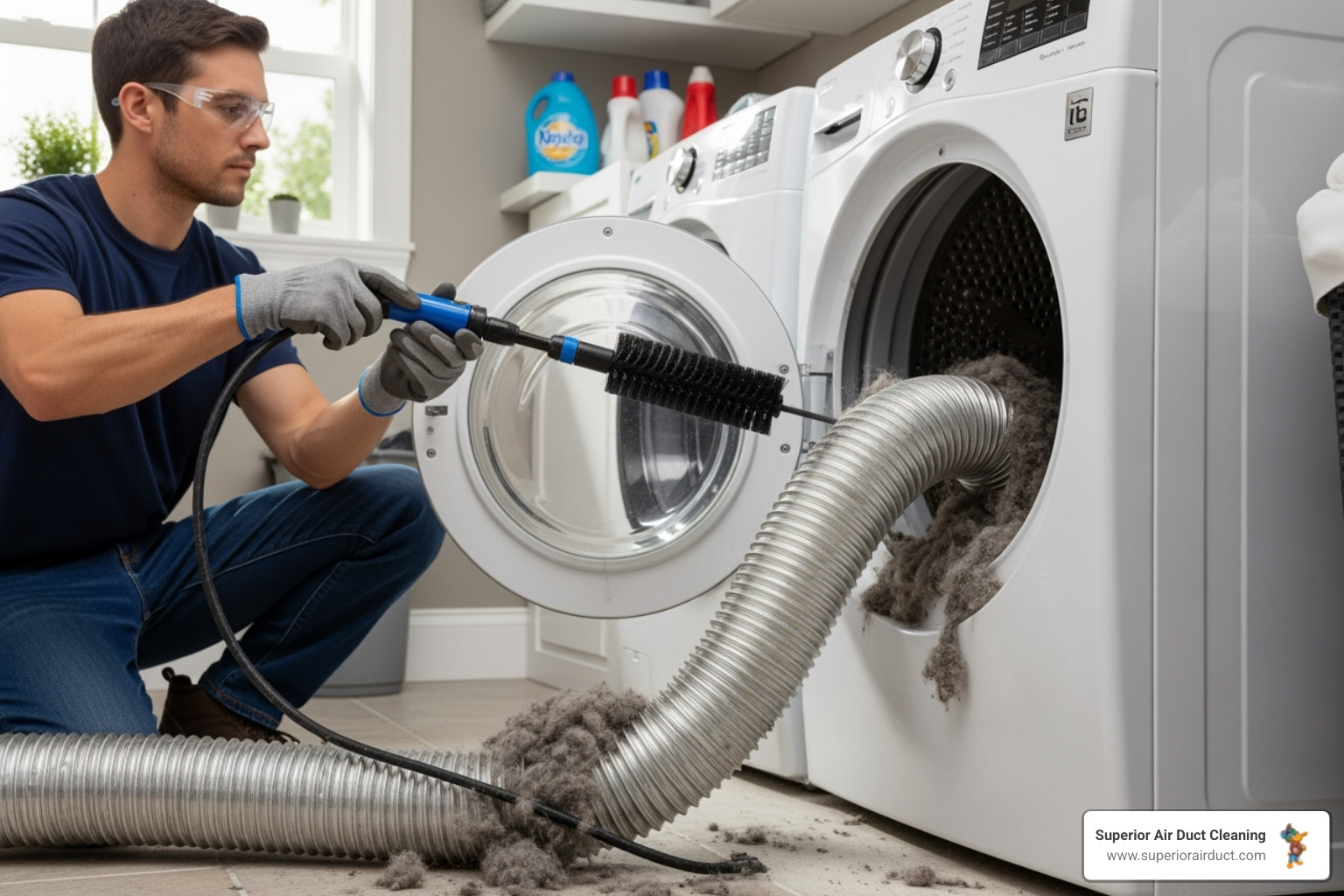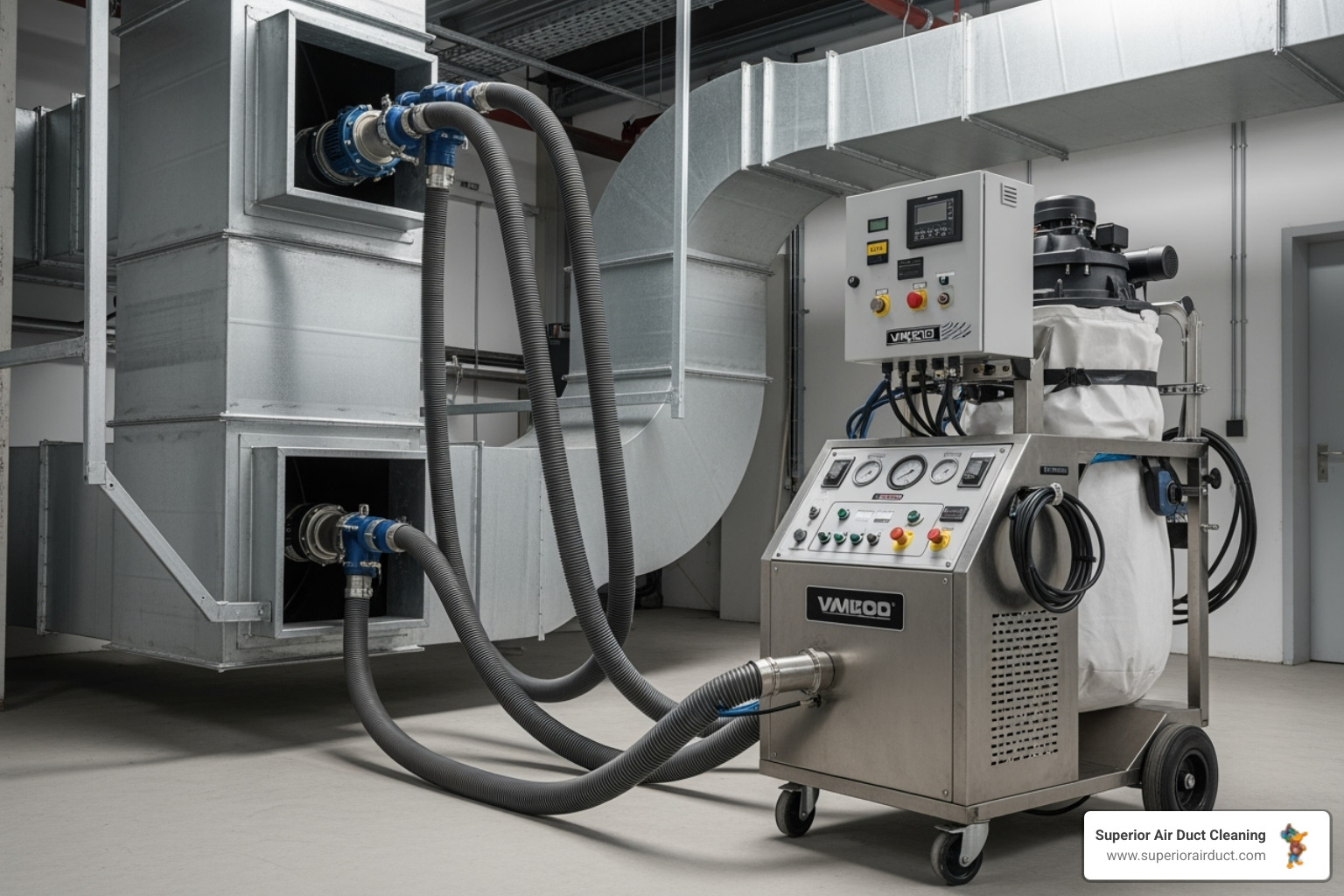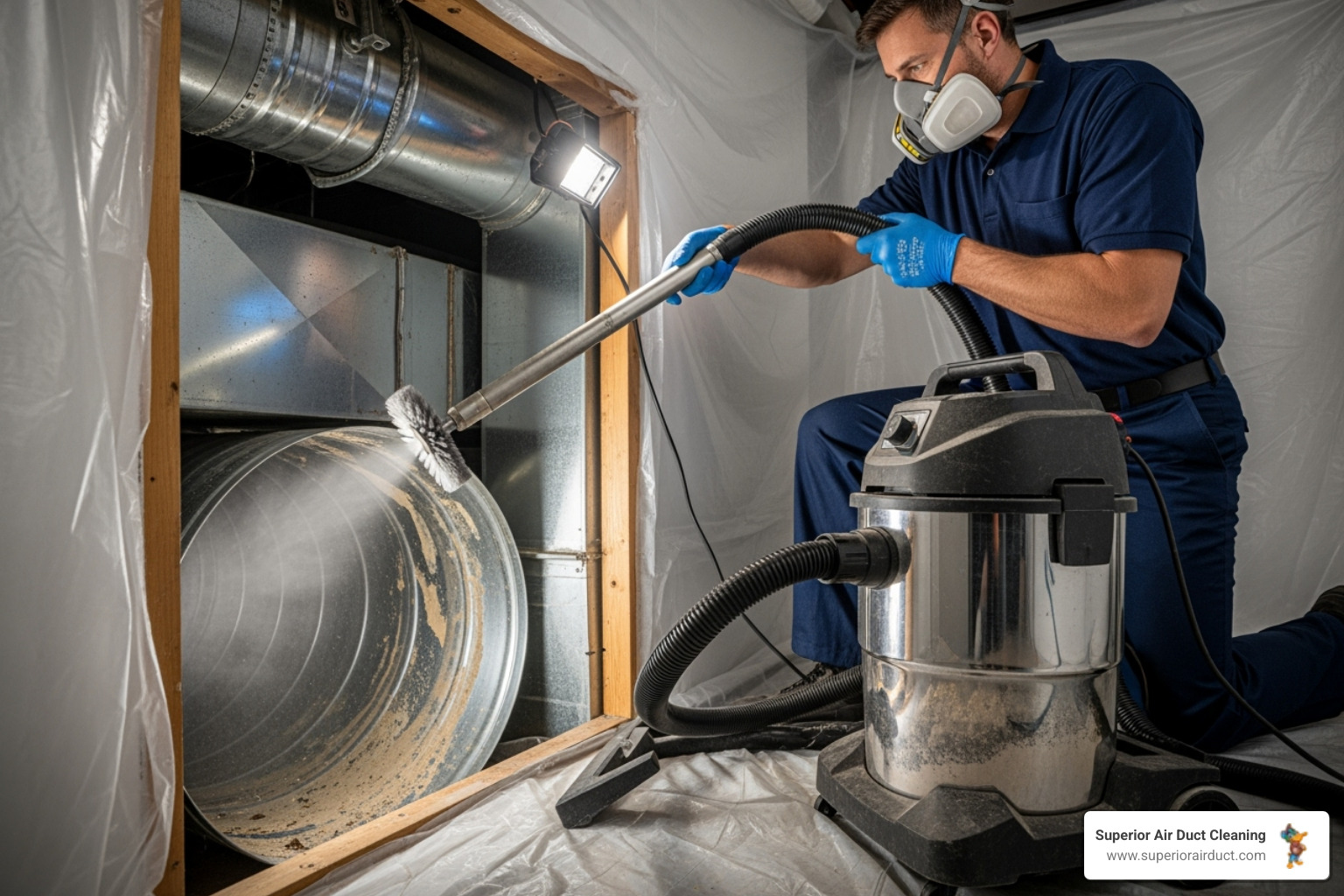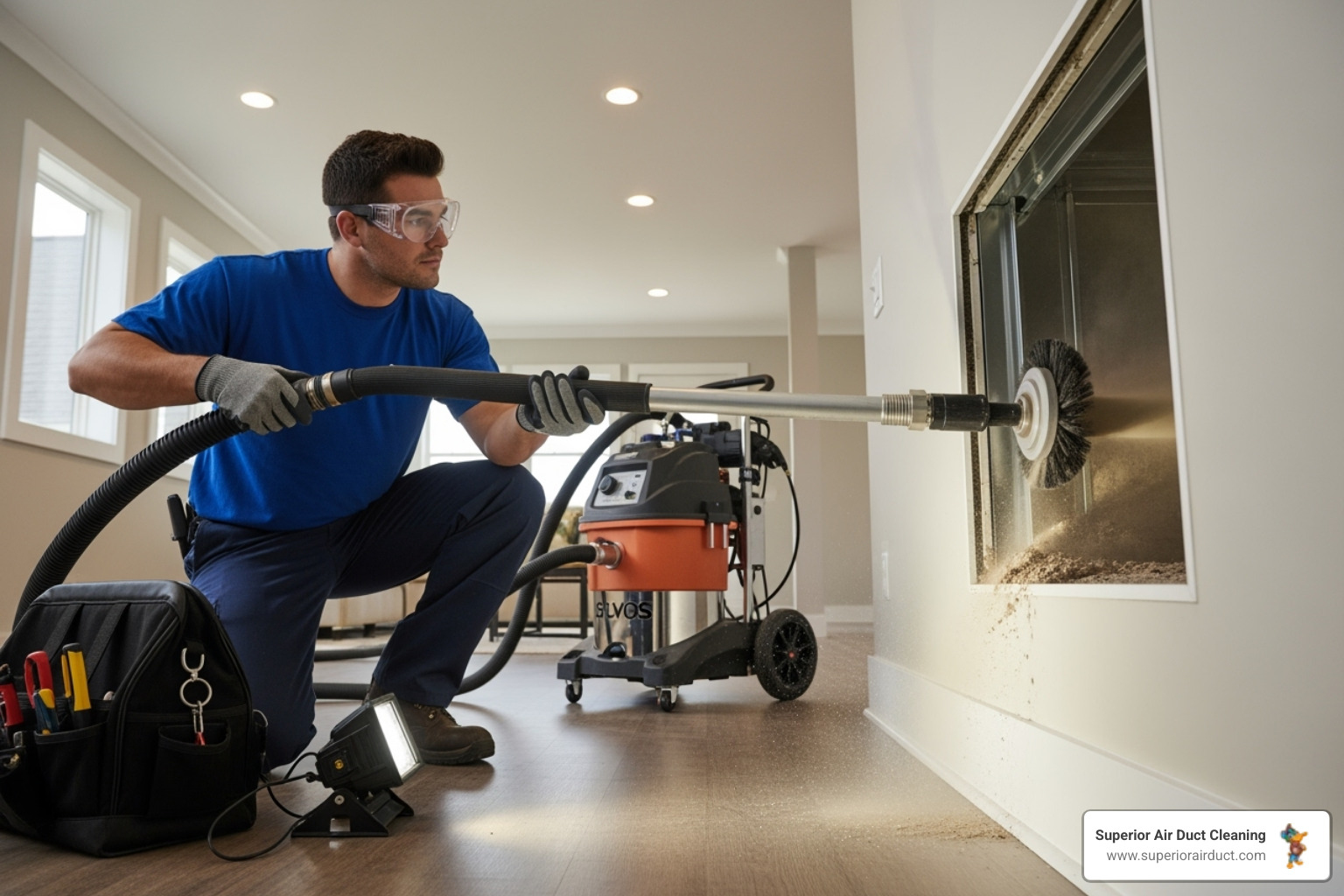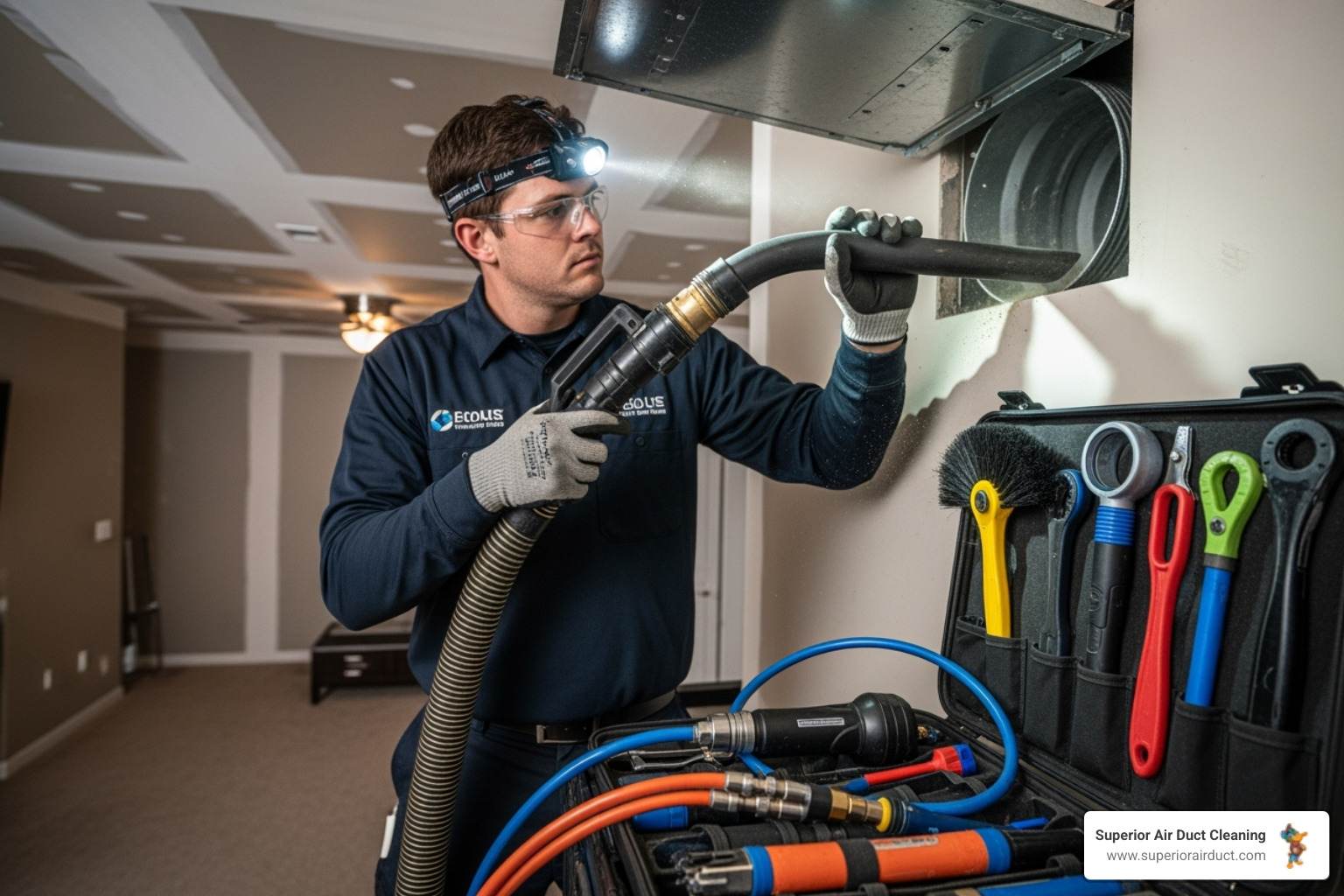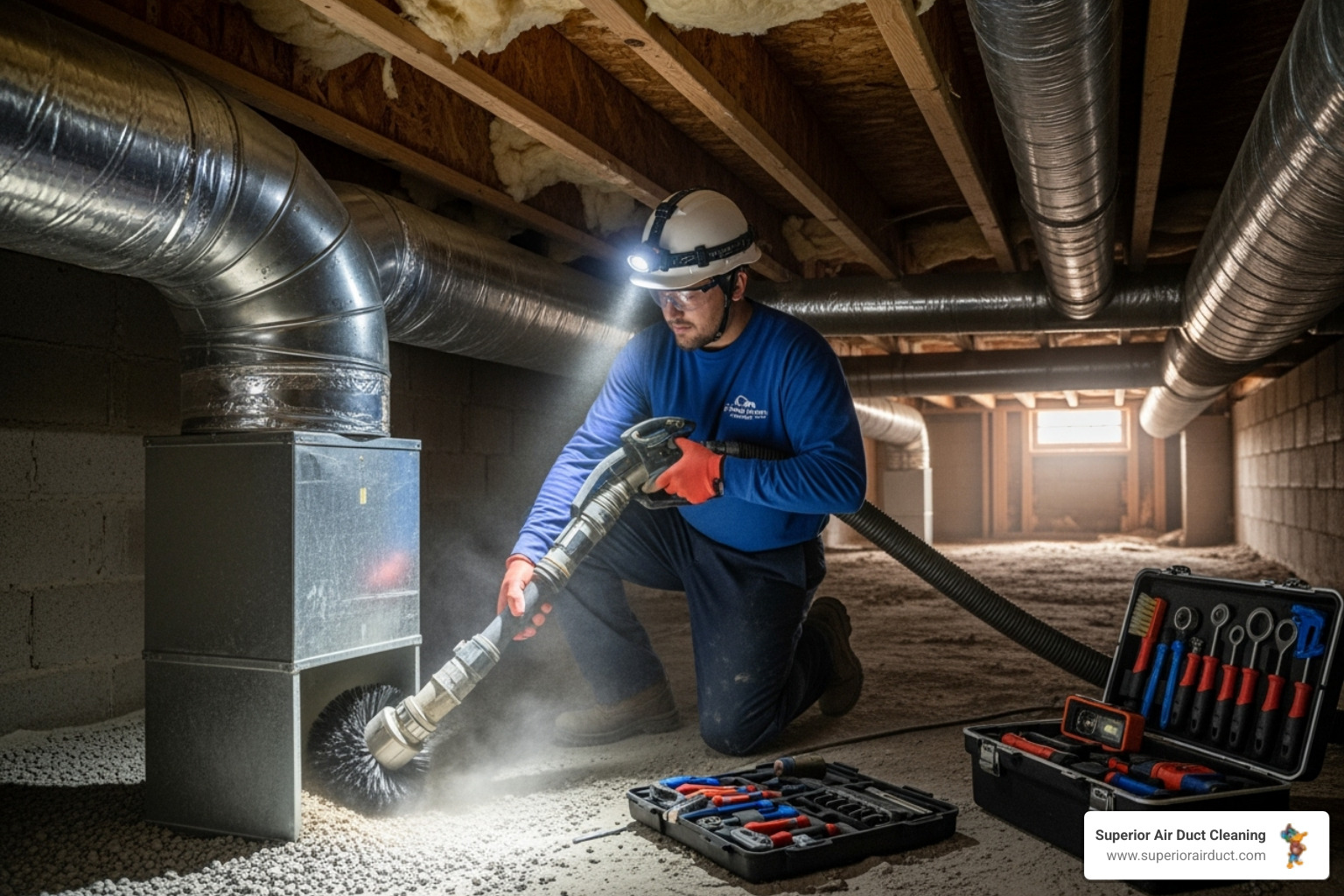
Indoor air quality plays a massive role in creating a healthy environment for students to learn and educators to teach.
In today’s post, Superior Air Duct will discuss why universities and schools benefit from regular air duct cleaning and how they can improve air quality for students.
How Dirty Air Ducts Impact Students And Schools
Dust, grime, mold spores, and various airborne particulates can negatively impact students and educators alike. It increases the risk of respiratory issues and annoying allergic reactions.
Students can suffer from lower productivity, poor concentration, and difficulty learning when faced with stuffy, musty, and overall low-grade air quality.
When this keeps up, the chances of absenteeism due to health problems increase.
The benefits of regular duct cleaning for universities are clear: better indoor air quality means better quality of life for students and educators.
Benefits Of Improved Indoor Air Quality For Students & Faculty
- Improved Academic Performance. Better, more breathable air for students and teachers will positively affect academic performance and possibly the social atmosphere too.
- Better Social Atmosphere. Anyone who is stuck in an office or classroom for hours on end only to inhale poor-quality air will eventually become irritable and difficult to deal with.
- Improved HVAC Performance And Energy Efficiency. With cleaner air ducts, a commercial building’s HVAC system stands a better chance of performing at a higher level.
Why?
When a heating and air conditioning system performs without hindrance, you can expect it to last longer, providing high-quality heating and cooling for years to come. It also benefits your wallet.
How Universities And Schools Can Choose The Right Duct Cleaning Company
Any duct cleaning company that has trained, licensed, and bonded staff working for it is qualified to provide thorough, professional cleaning services to educational institutions.
The first thing to look for is NADCA certification. Educational facilities can look up the duct cleaning company of choice on the organization’s website to verify legitimacy.
Ask about it. Advanced equipment and techniques. Are they using the latest technology and cleaning methods to avoid damaging the ductwork while providing a pristine, clean finished service?
If they do good work, the reviews have to show it. Take a look at customer reviews and testimonials. Ask for recommendations or referrals from other commercial properties, be they hospitals or office buildings, to get a good grasp of what to expect.
Are they compliant with safety standards and regulations? This is difficult to identify. Normally, if you choose a NADCA-registered company, you don’t have to worry about this.
Duct Cleaning Process For Schools & Universities: What To Expect
Depending on the company you choose, the process can look a little different. Most start with a screening and diagnosis of the duct system; they will ask for the number of registers (air vents) in the area, the overall square footage, and more. This allows for a solid price point. Here is our process:
- Introductory Phone Call
- Questionnaire
- On-site analysis
- Prep
Depending on the size of the school building and what kind of mess has accumulated in the duct system, this process can take days. Decontamination of the ducts is an add-on service that is often highly advised. Schools are places where airborne germs and bacteria fester and collect in the dark stretches of ductwork.
Post-cleaning And Proof Of Work
After the ducts are cleaned, the company should provide proof that the work has been completed. Schools are highly trafficked spaces. It’s important to consider regular duct cleaning annually or bi-annually. This keeps the air fresh and breathable for students and faculty. There could be all sorts of factors inhibiting how frequently your educational facility wishes to clean the ductwork. The NADCA, the National Air Duct Cleaners Association, recommends that commercial buildings like schools and universities get their ducts cleaned every 3 to five years.
Additional Tips For Healthy IAQ In Schools & Universities
- Regular filter replacement and HVAC maintenance: School administrators should ensure regular upkeep and maintenance of the building’s HVAC systems. Different spaces of the building or campus, like the lunch room or the auditorium, will have different HVAC requirements to meet.
- Monitoring and accounting for humidity levels: Teachers and faculty can use portable humidifiers or dehumidifiers in their classrooms to assist with this.
- Ensure proper ventilation strategies: Fans, open windows, and clear spaces where air can flow, and dust doesn’t accumulate are great strategies for ensuring good ventilation within schools.
Clean Ductwork Contributes To A Healthy Learning Environment
Choose the right duct cleaning company and keep a watchful eye on maintenance tasks related to your building’s HVAC system as a whole, from the ducts and grill vents to the filter pads used to collect debris. Get superior service for a superior price. Contact the team at Superior Air Duct today for a free quote!

Customer Reviews




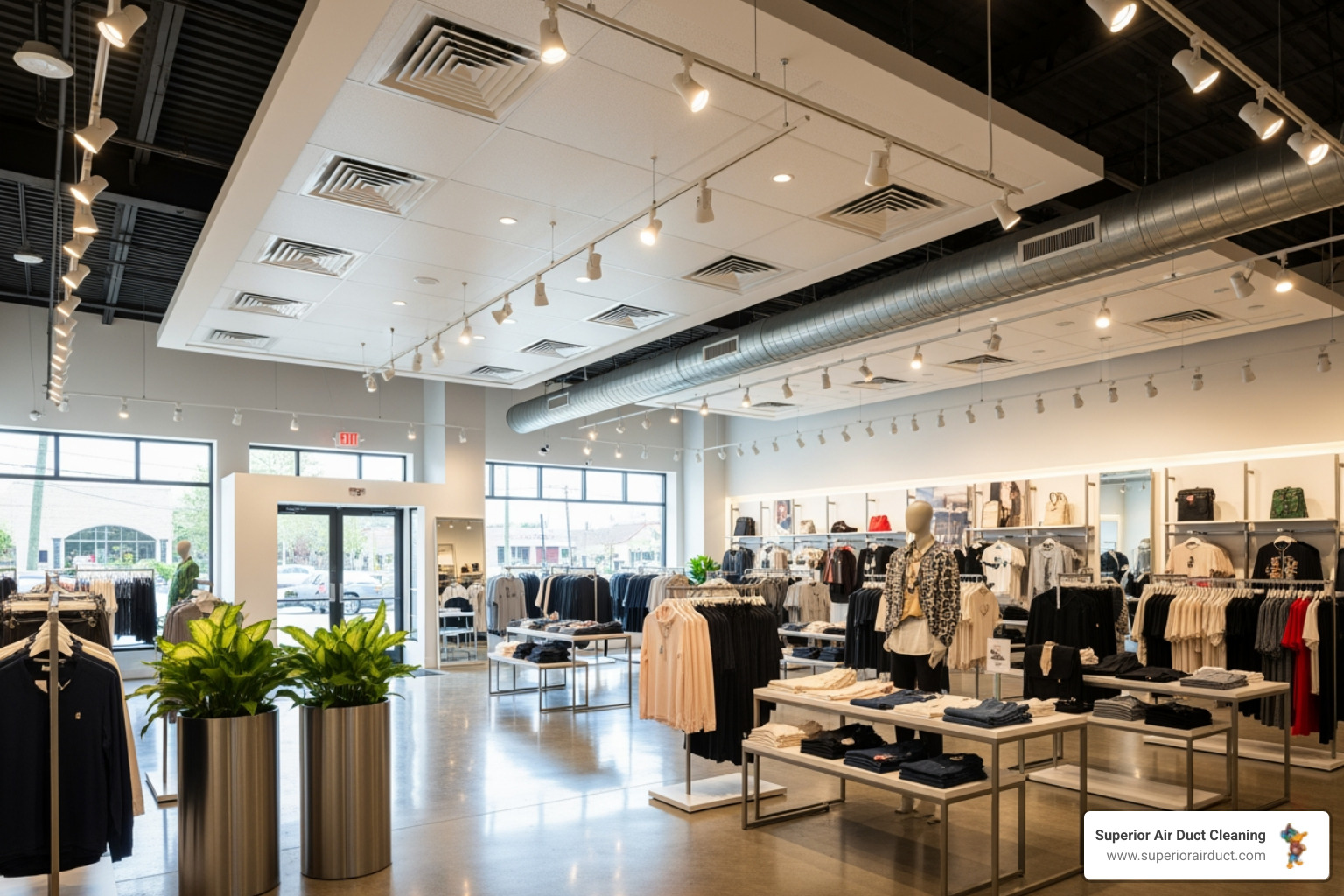
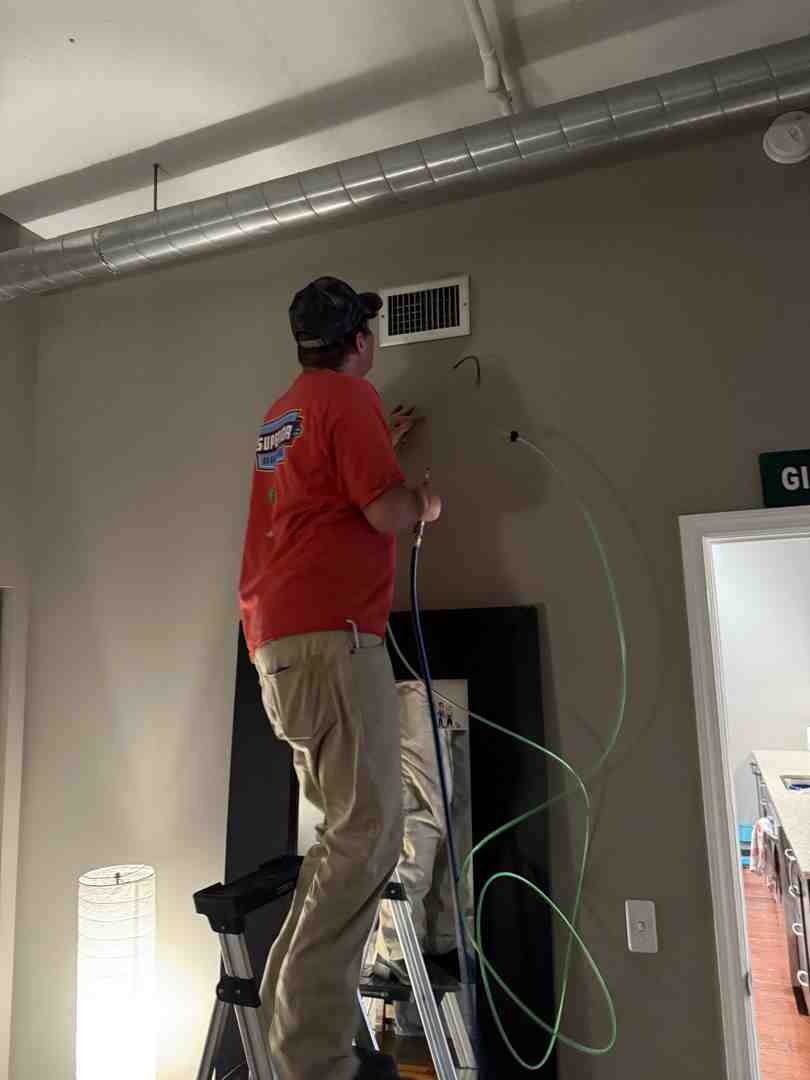
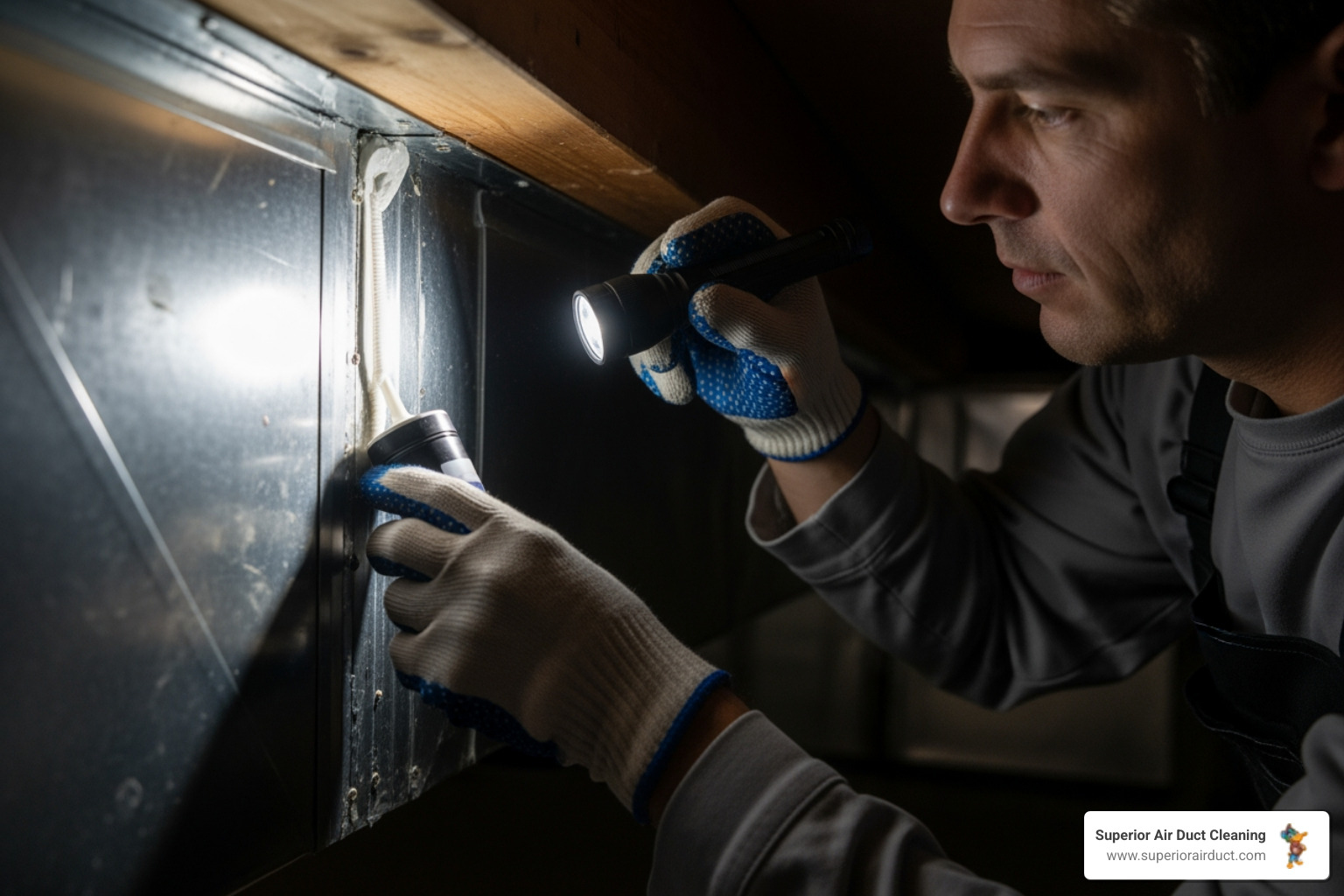



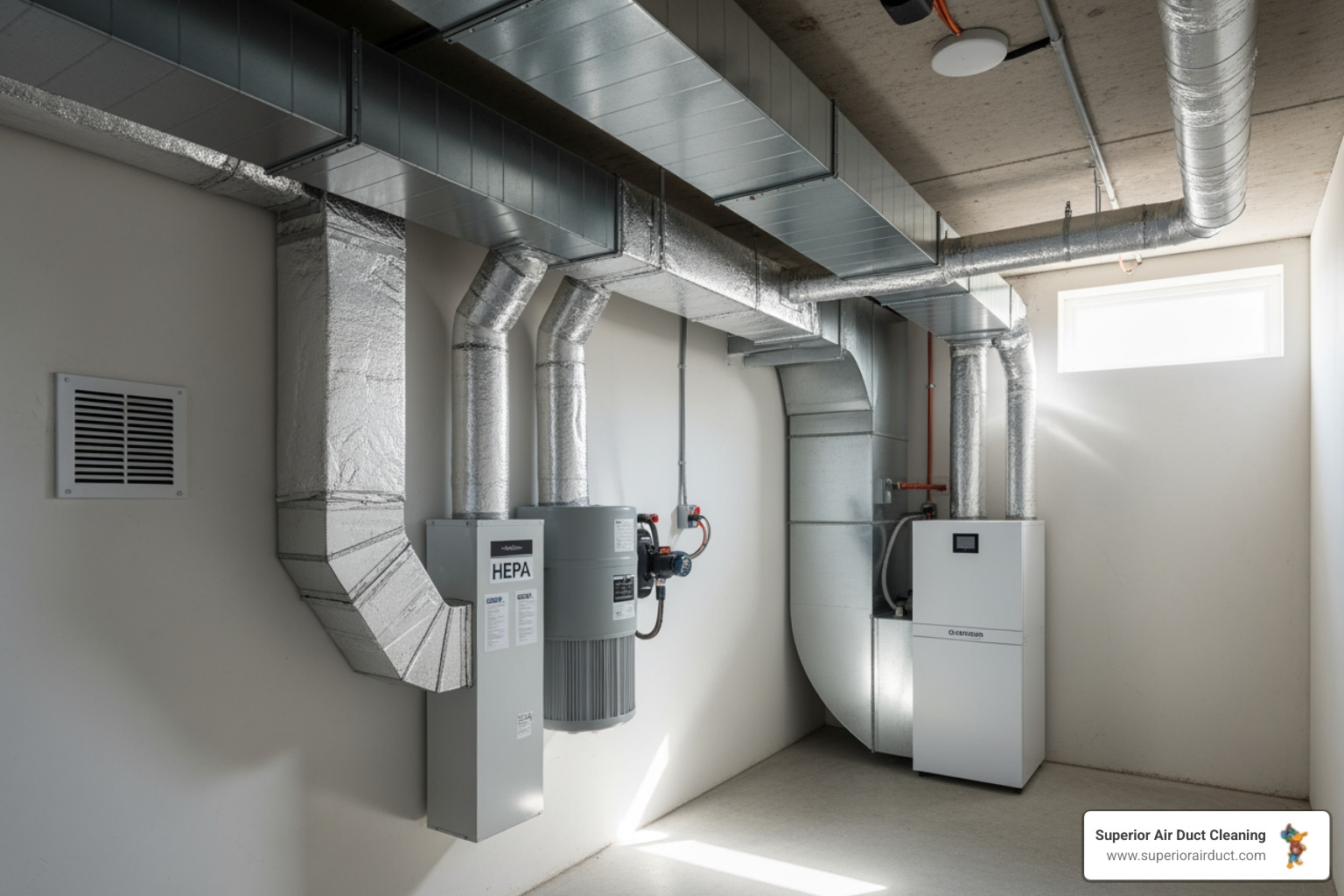
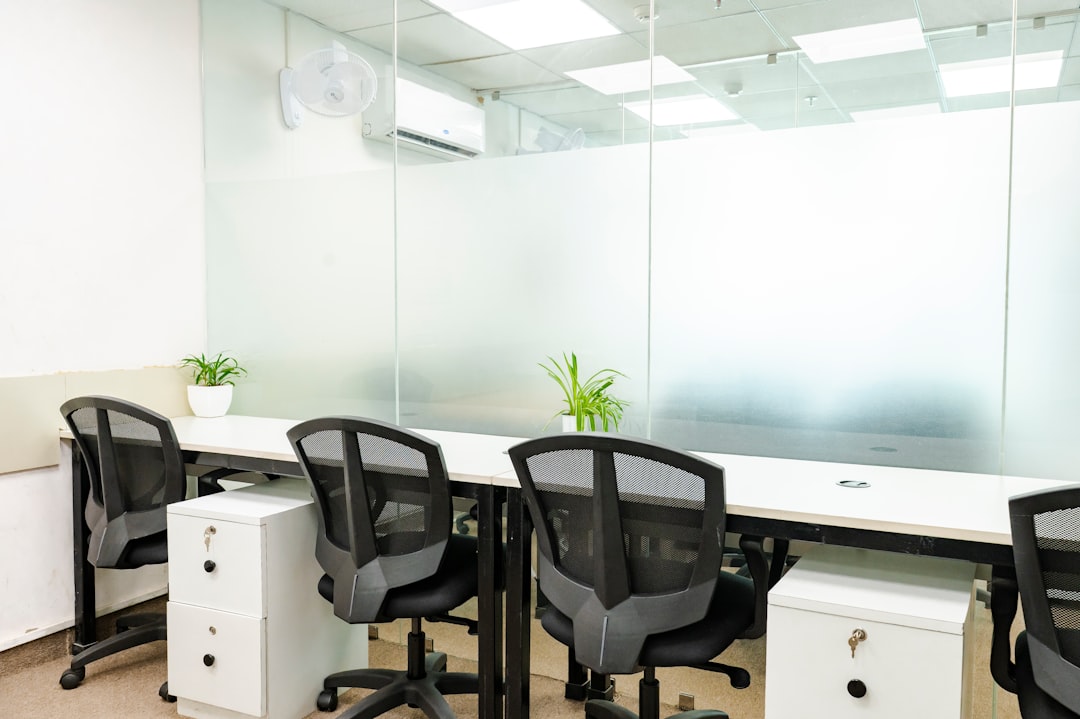



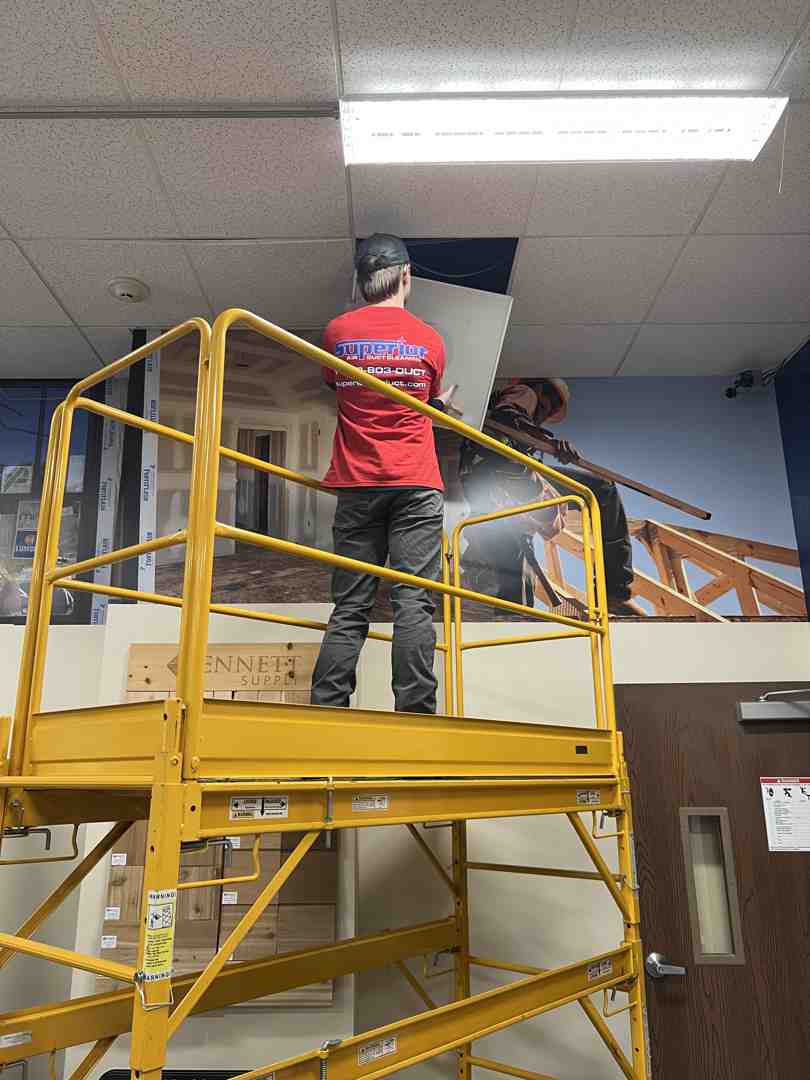

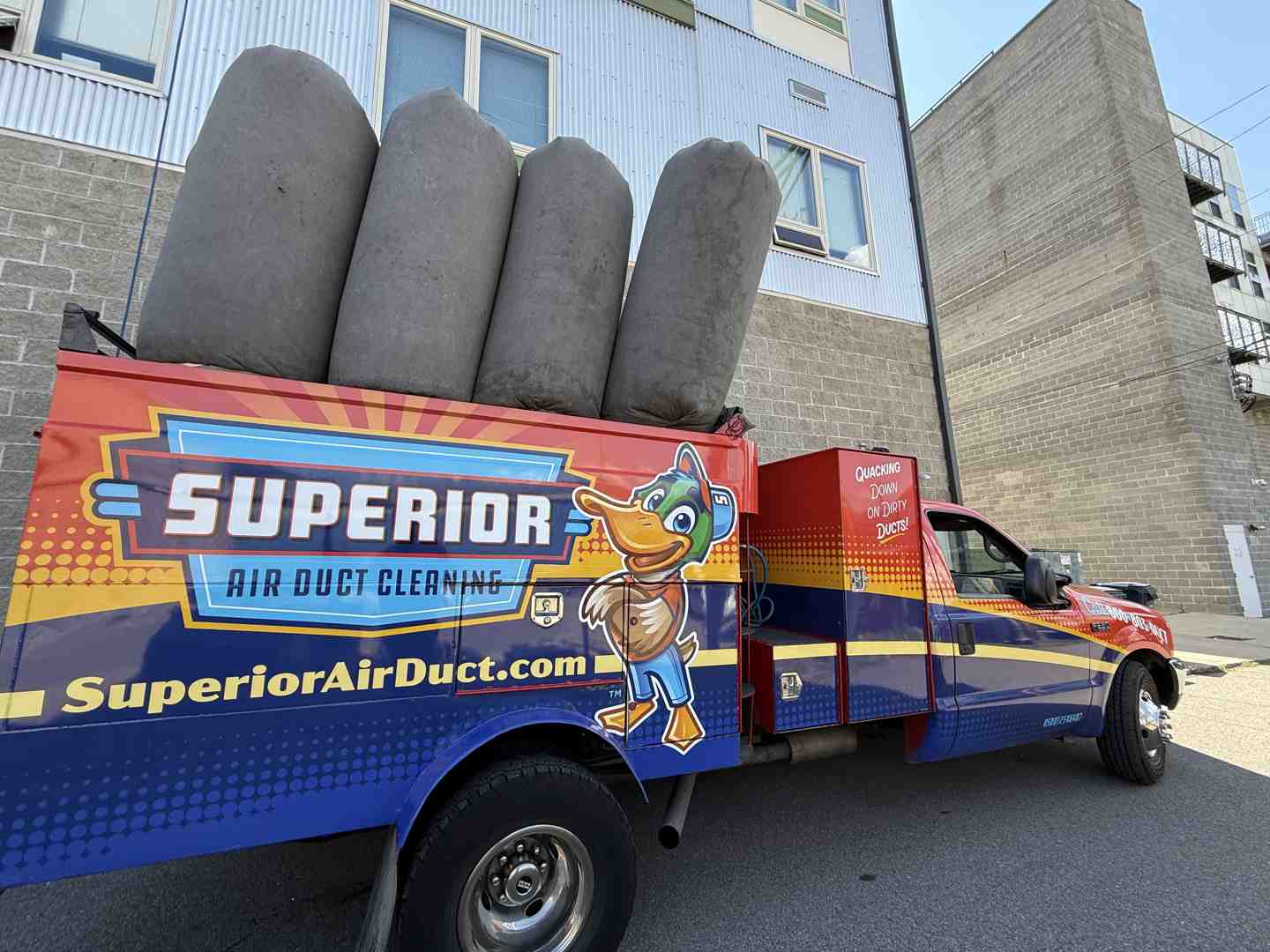

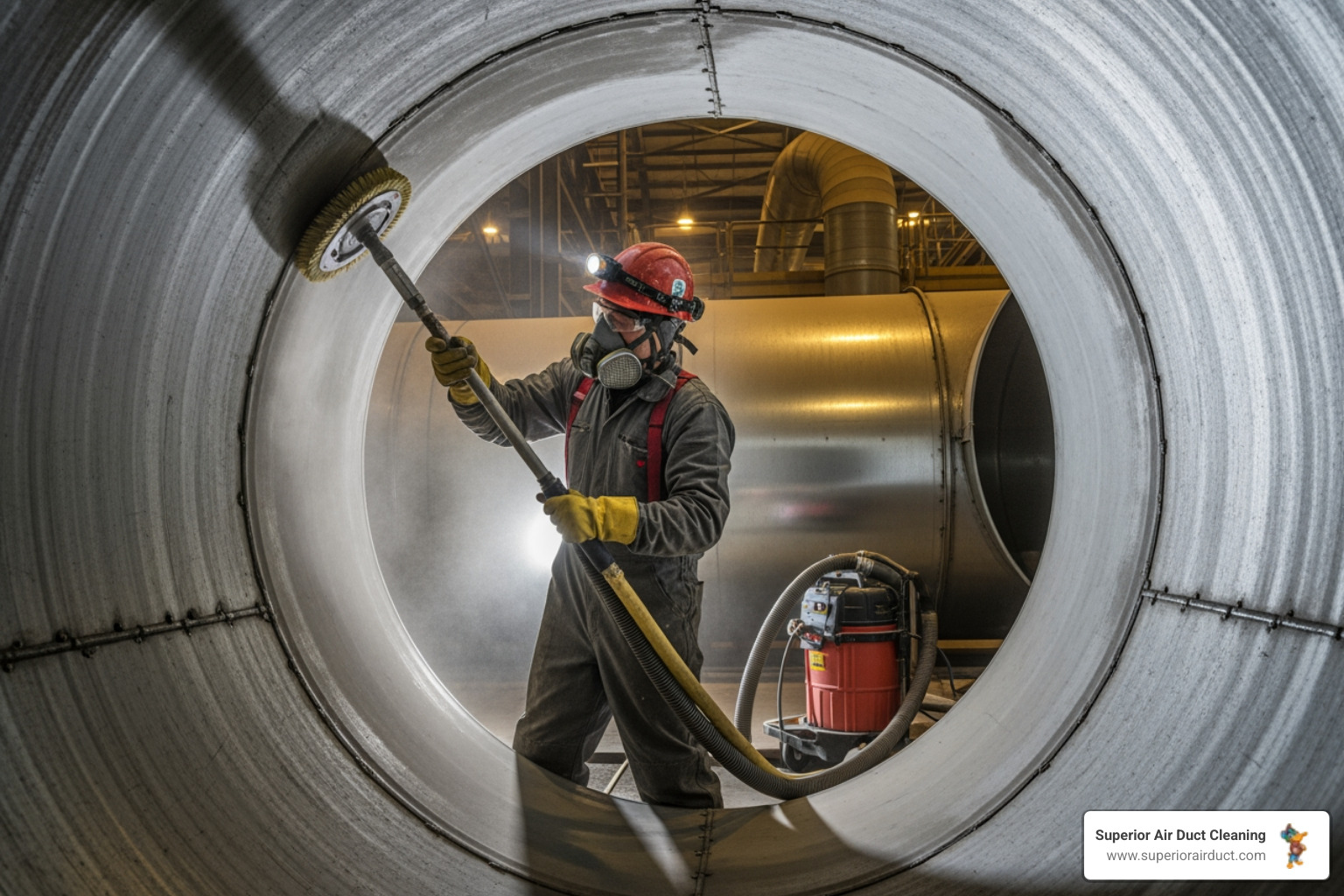


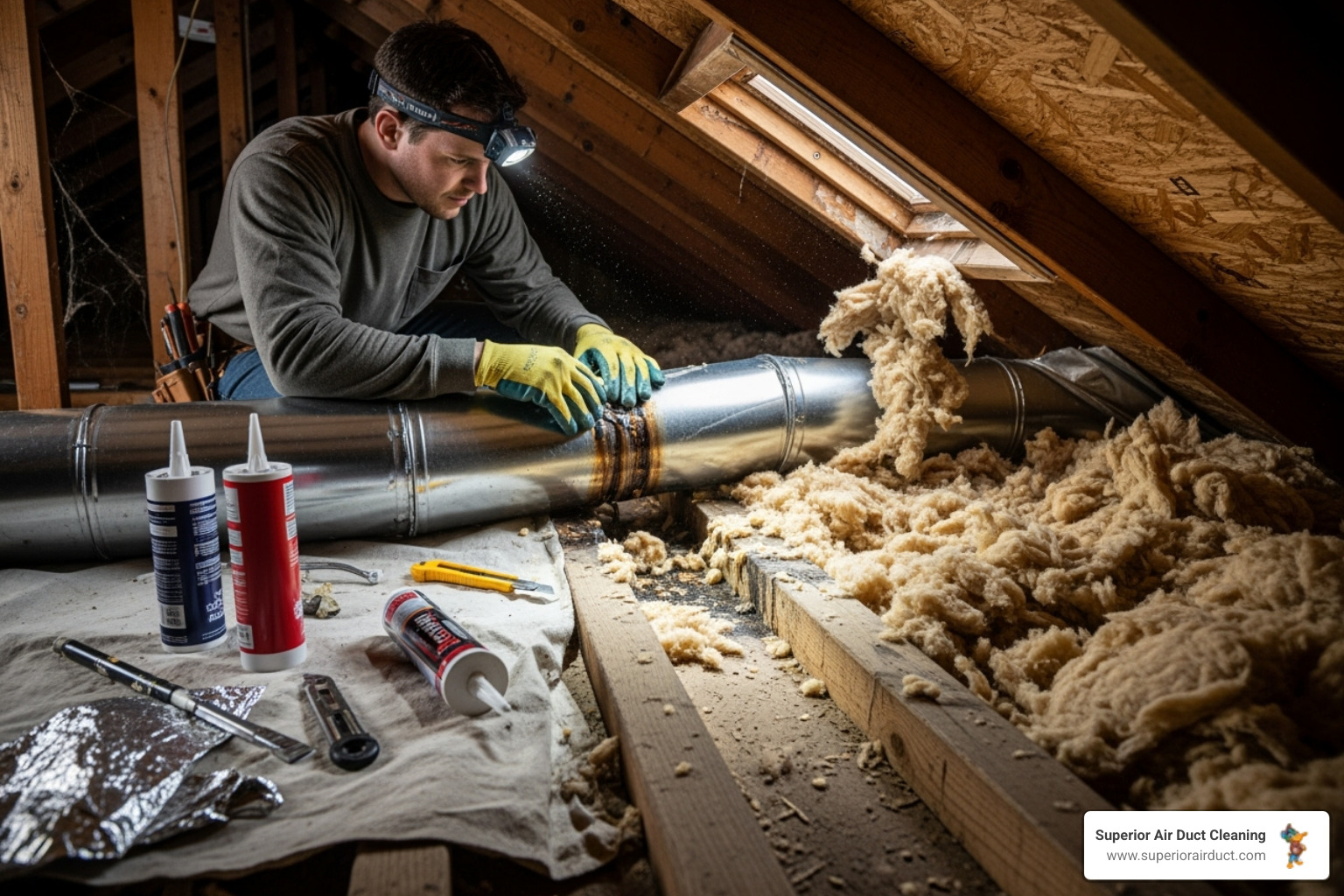
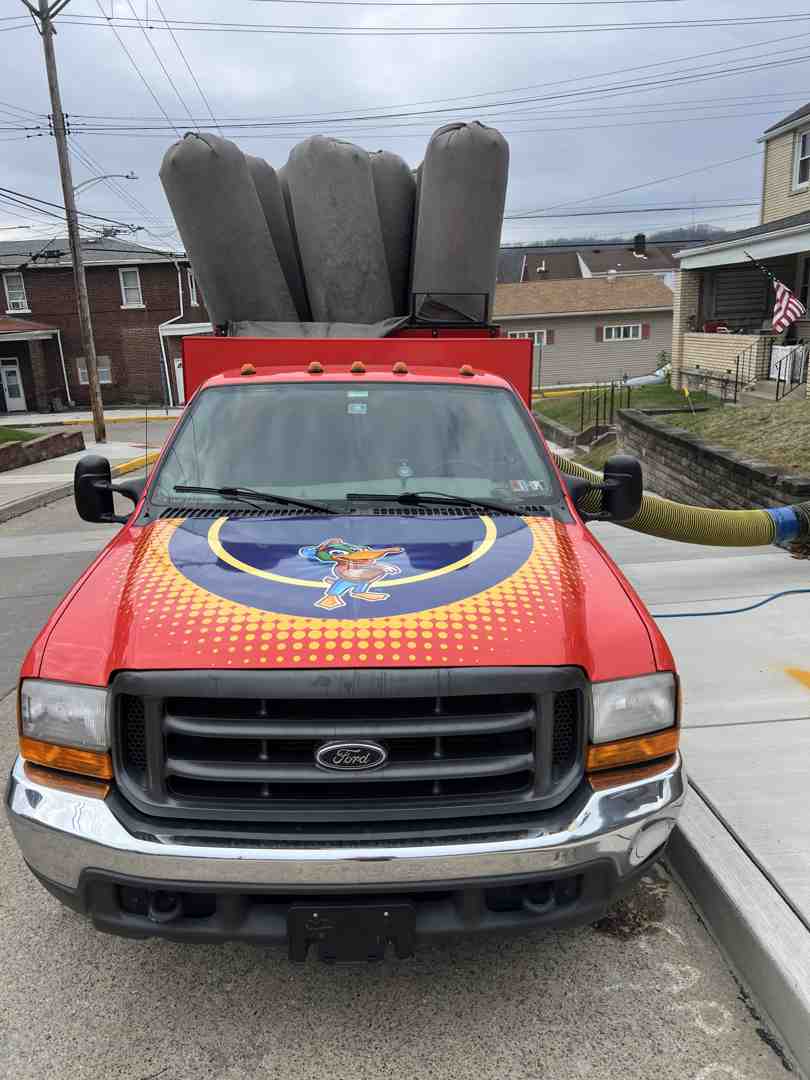

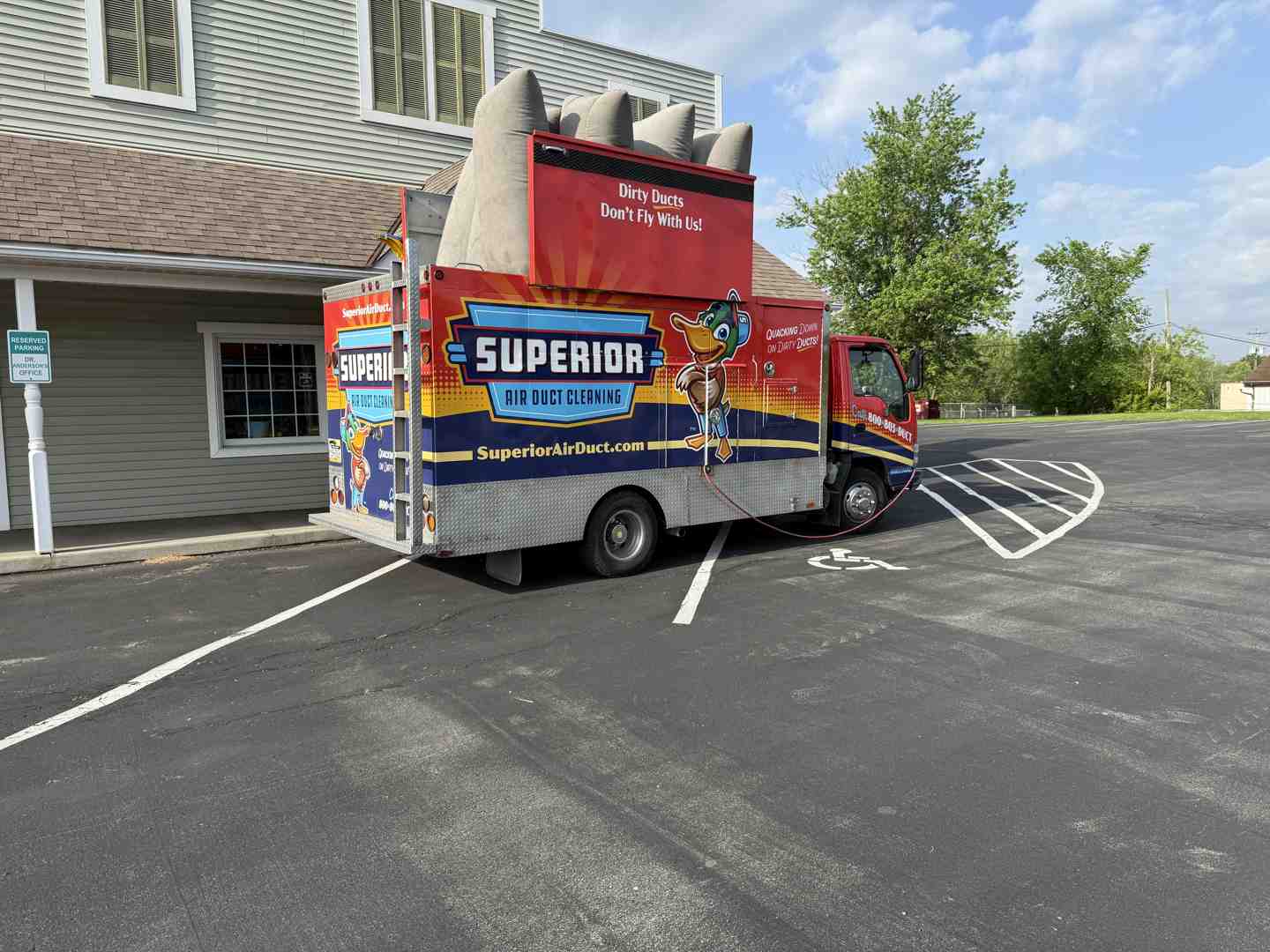

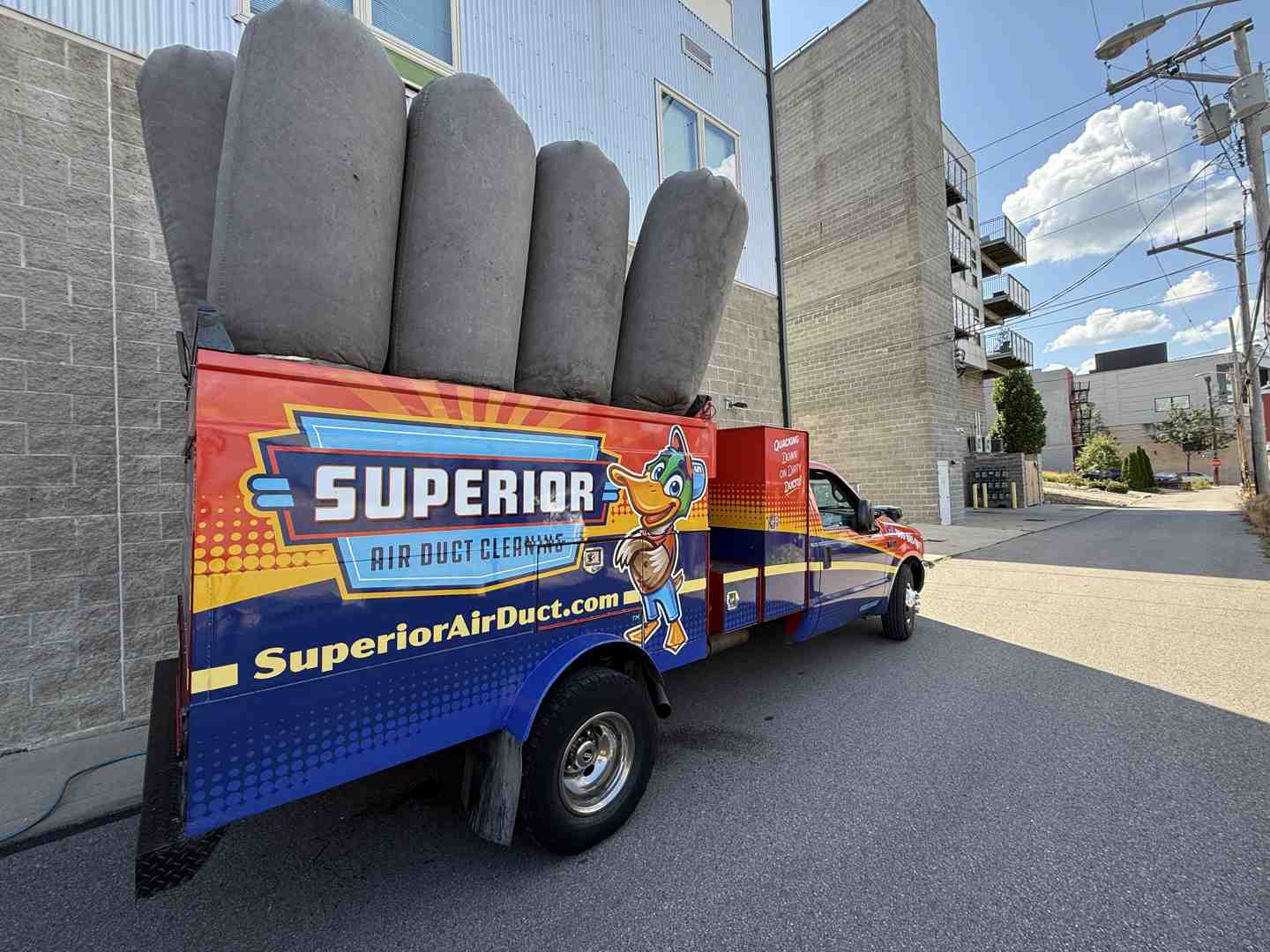



I need to find a service to remove dust from the air ducts in my Pittsburgh home. Who should I call?

